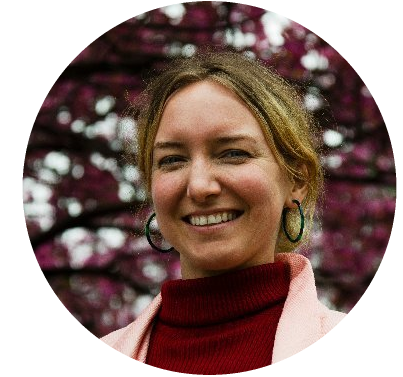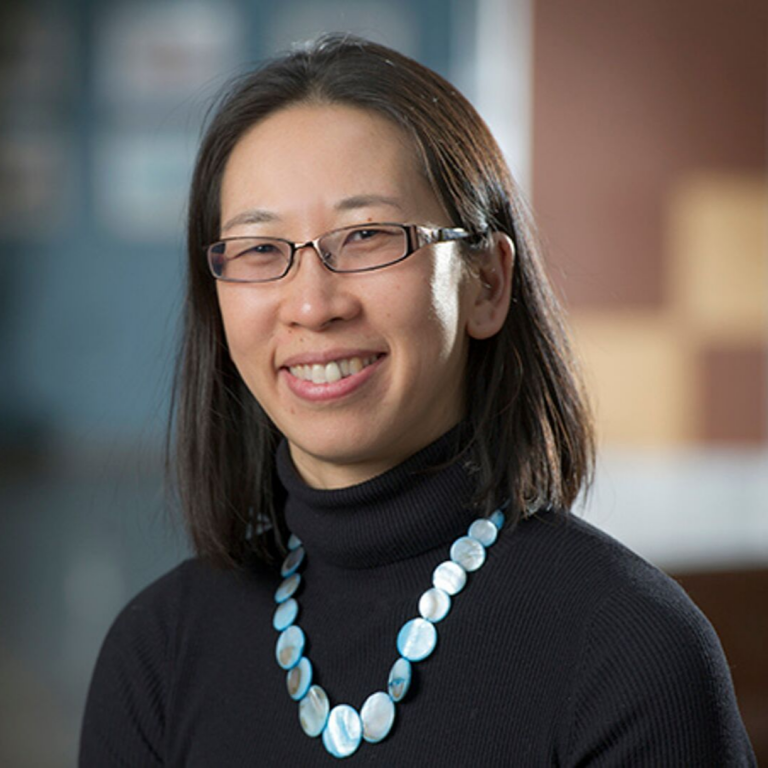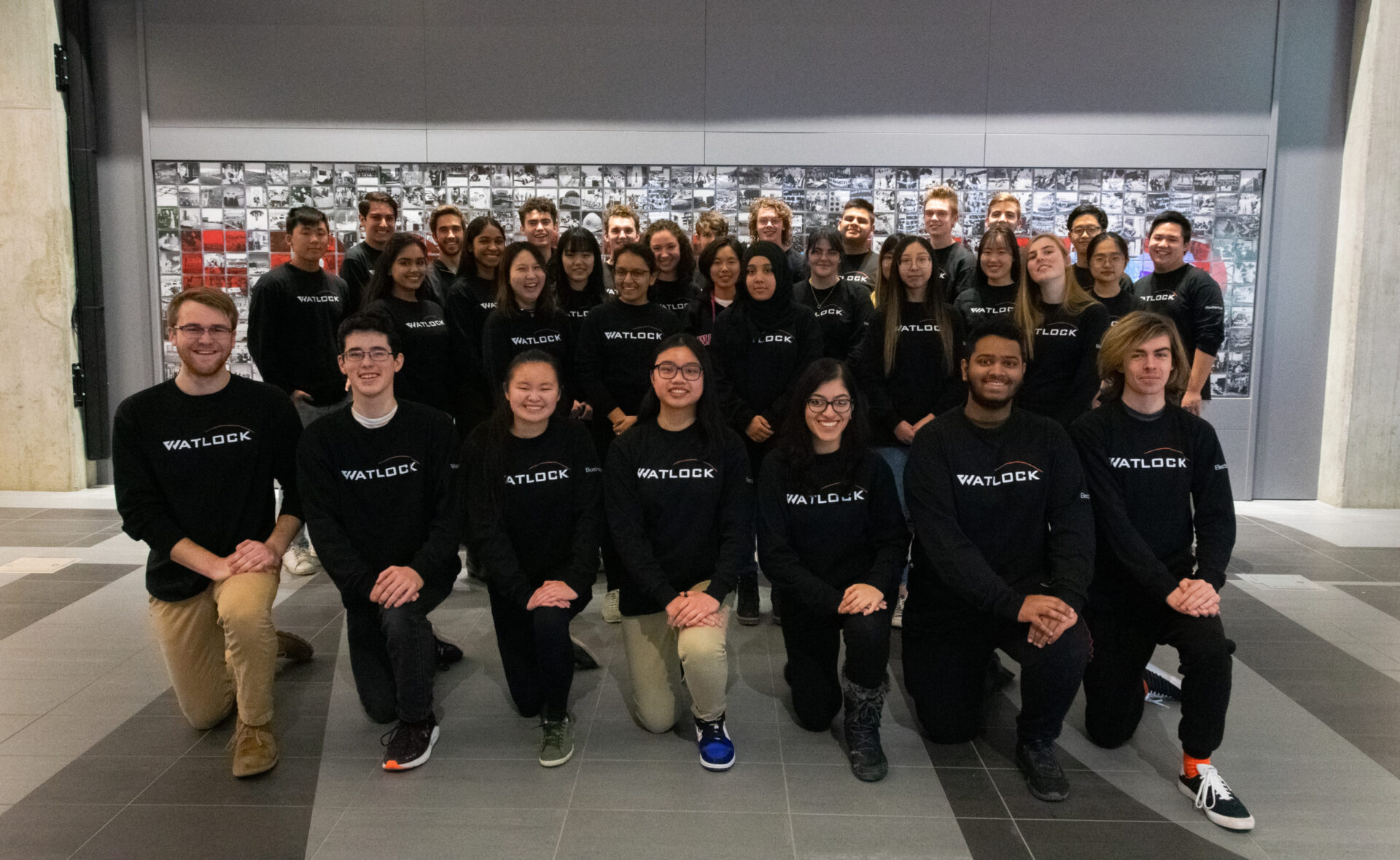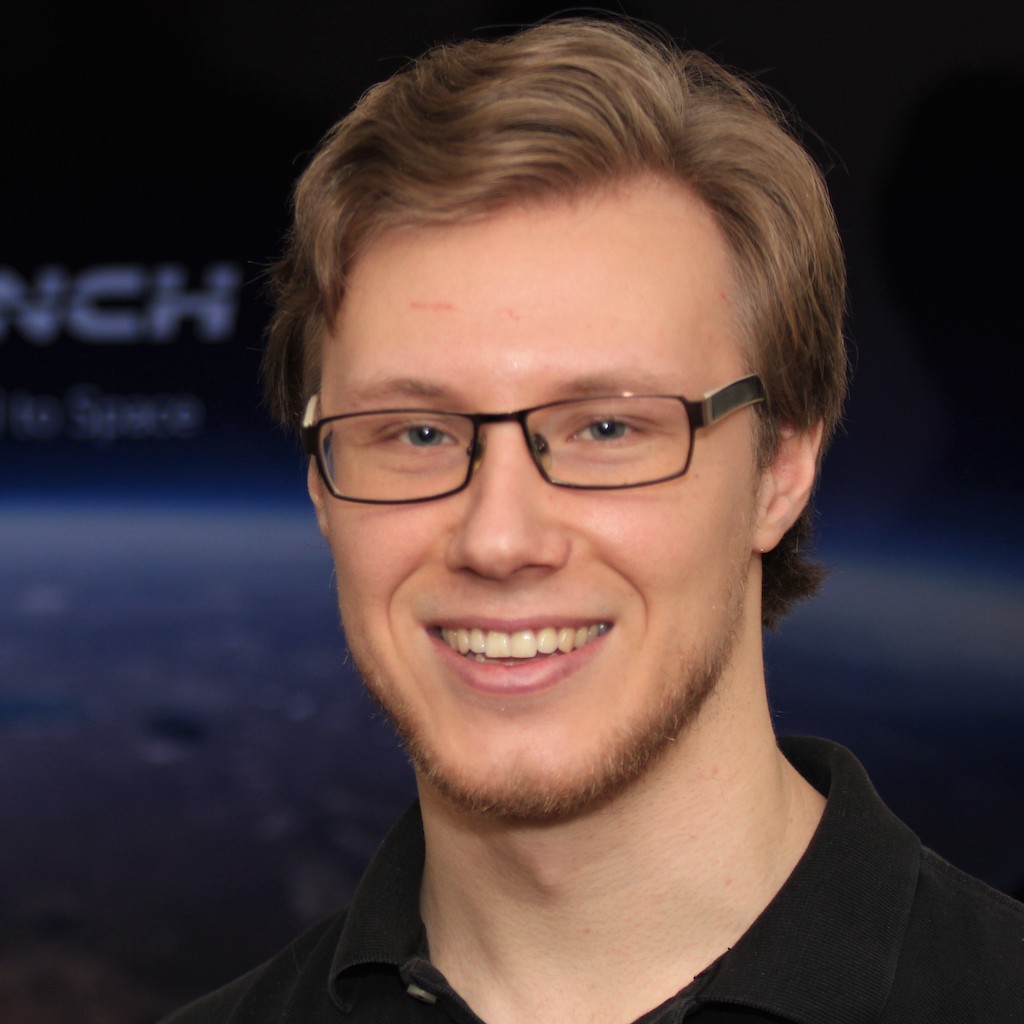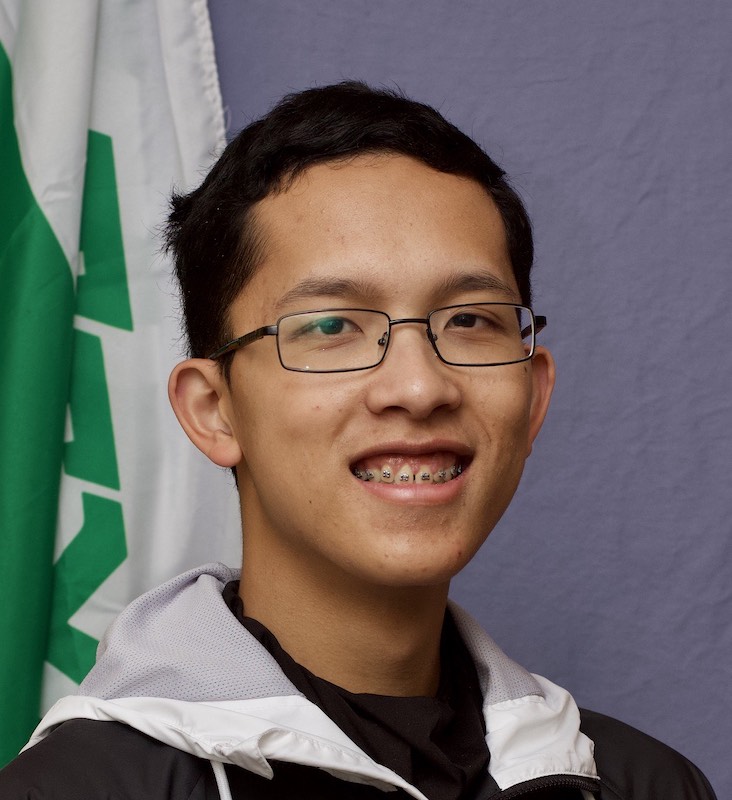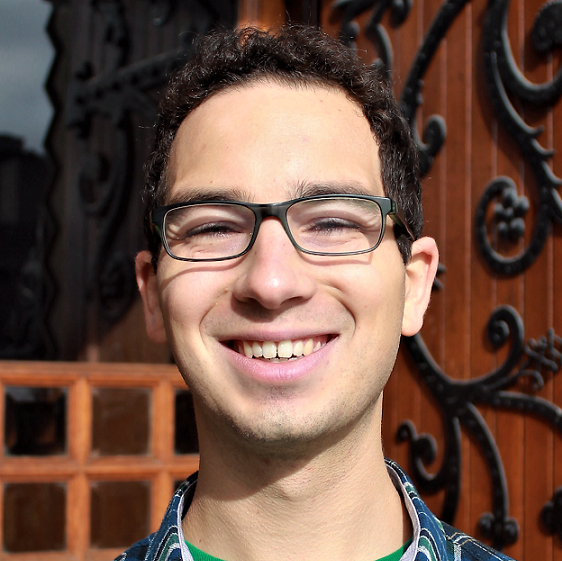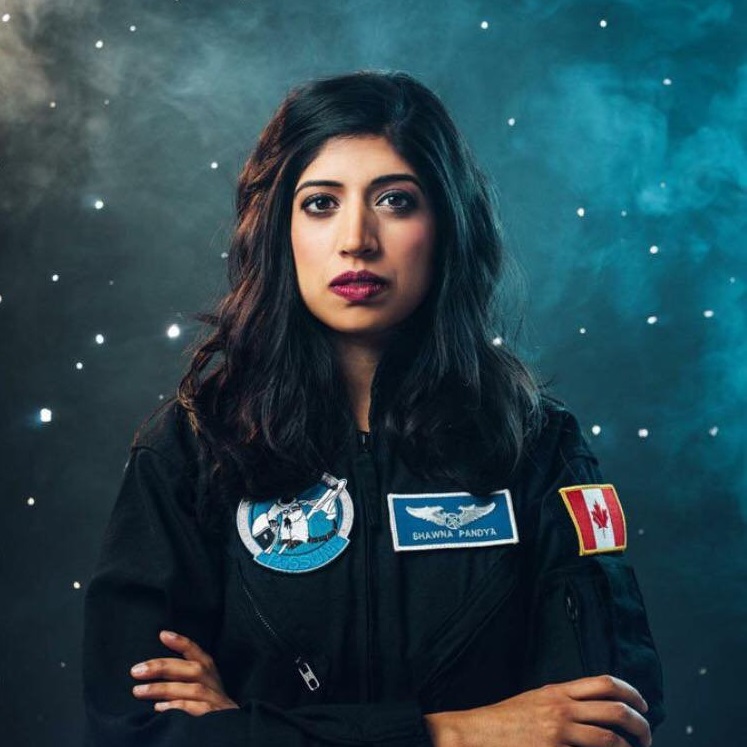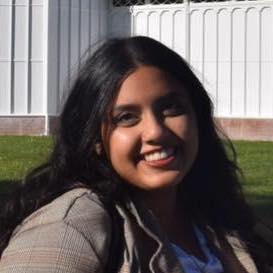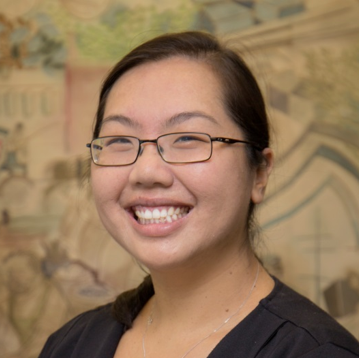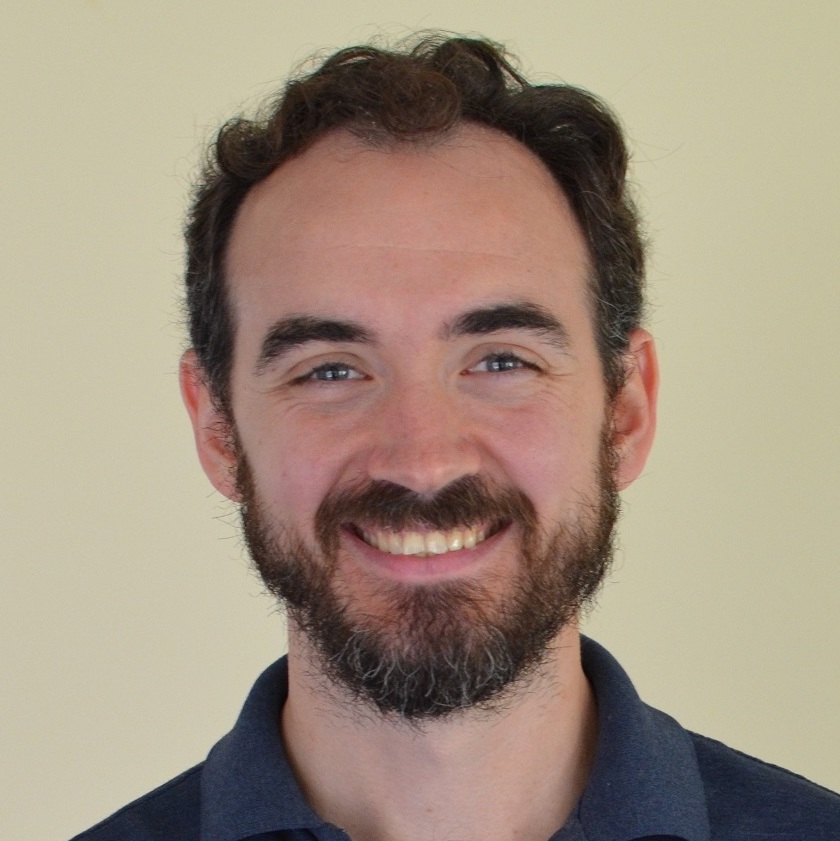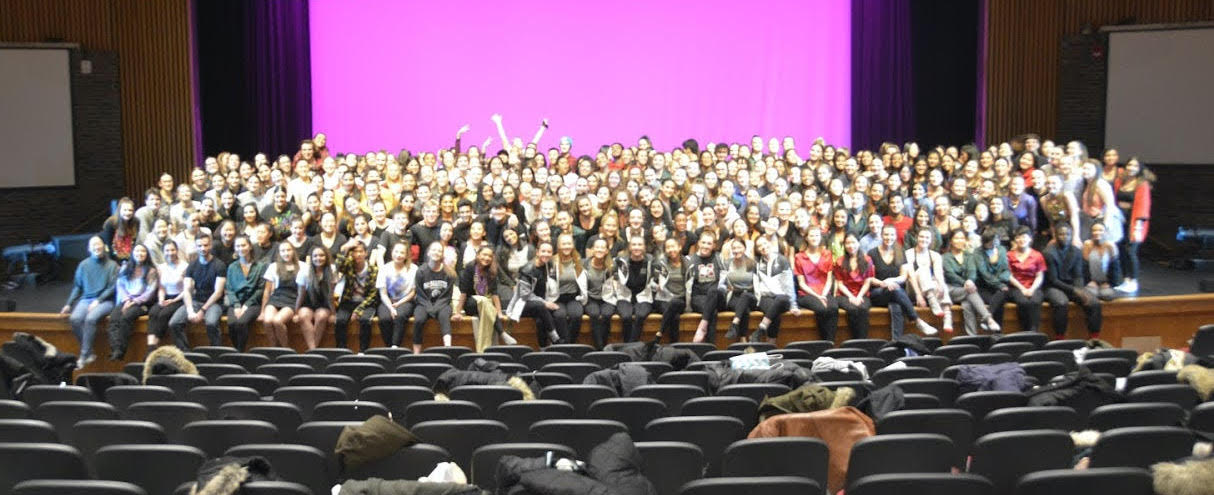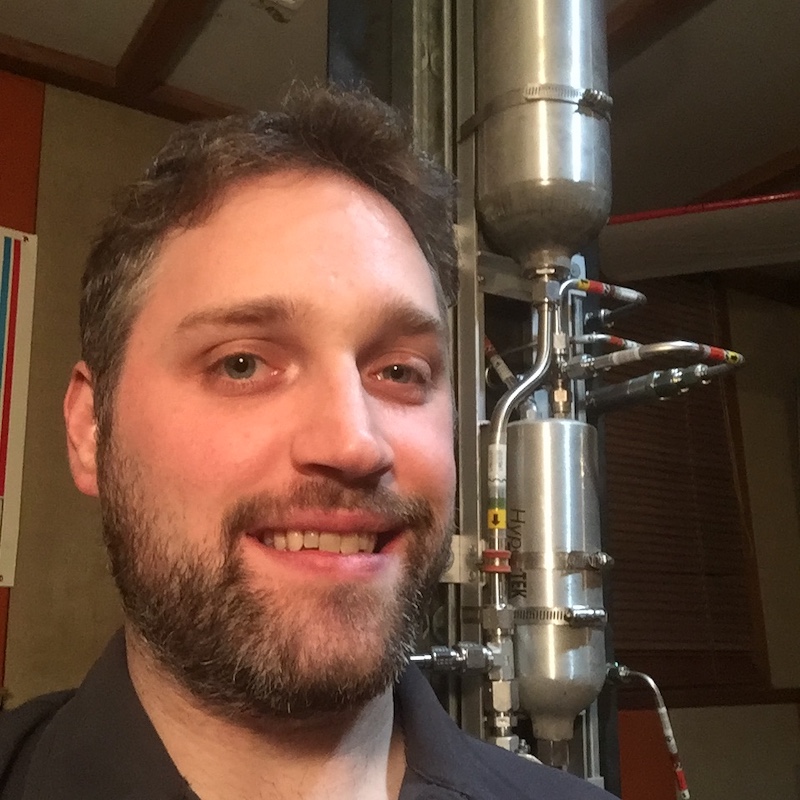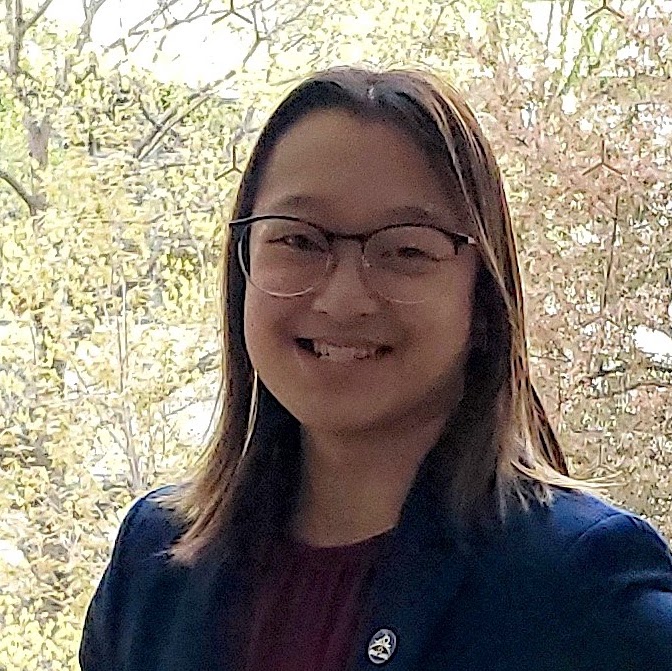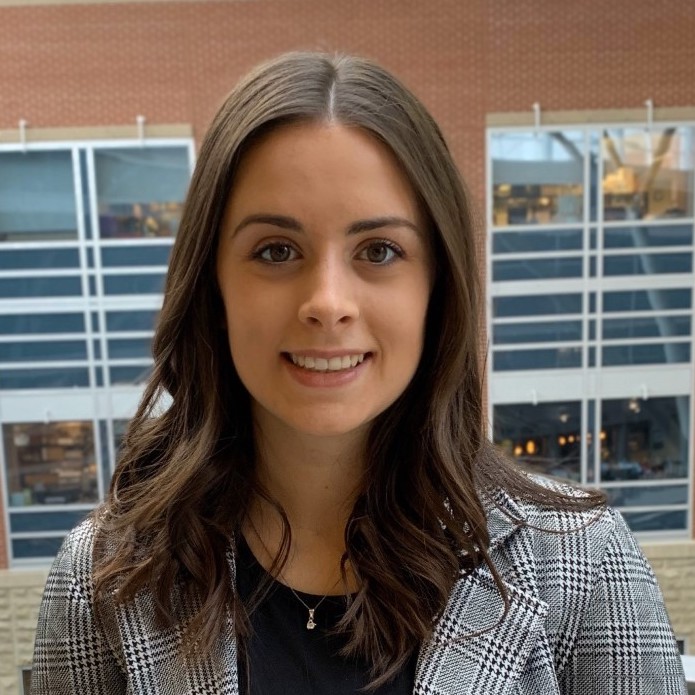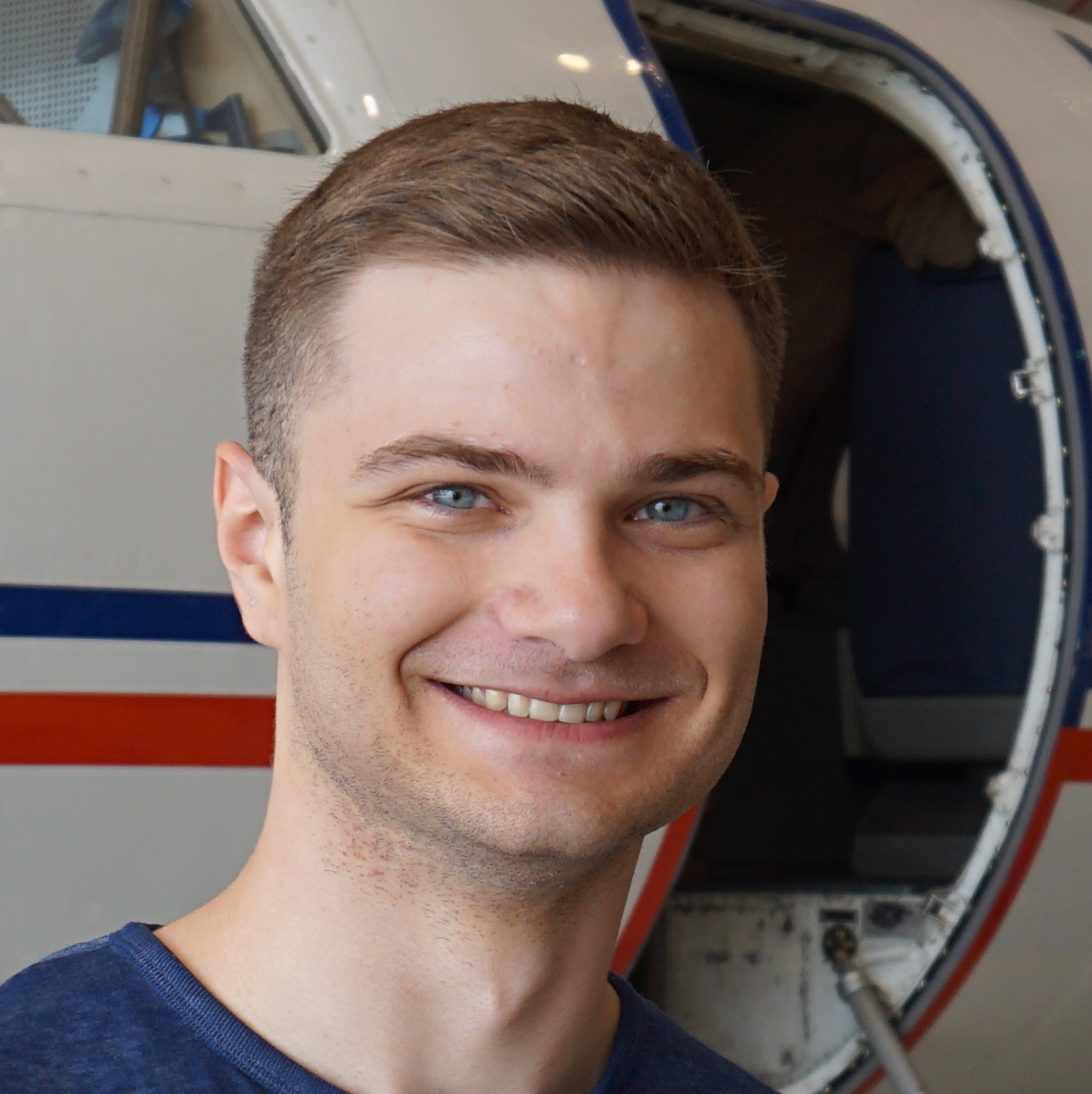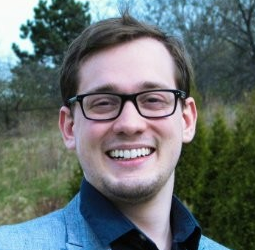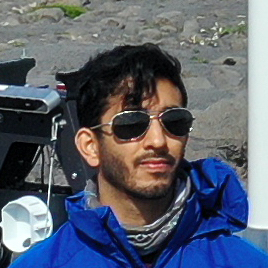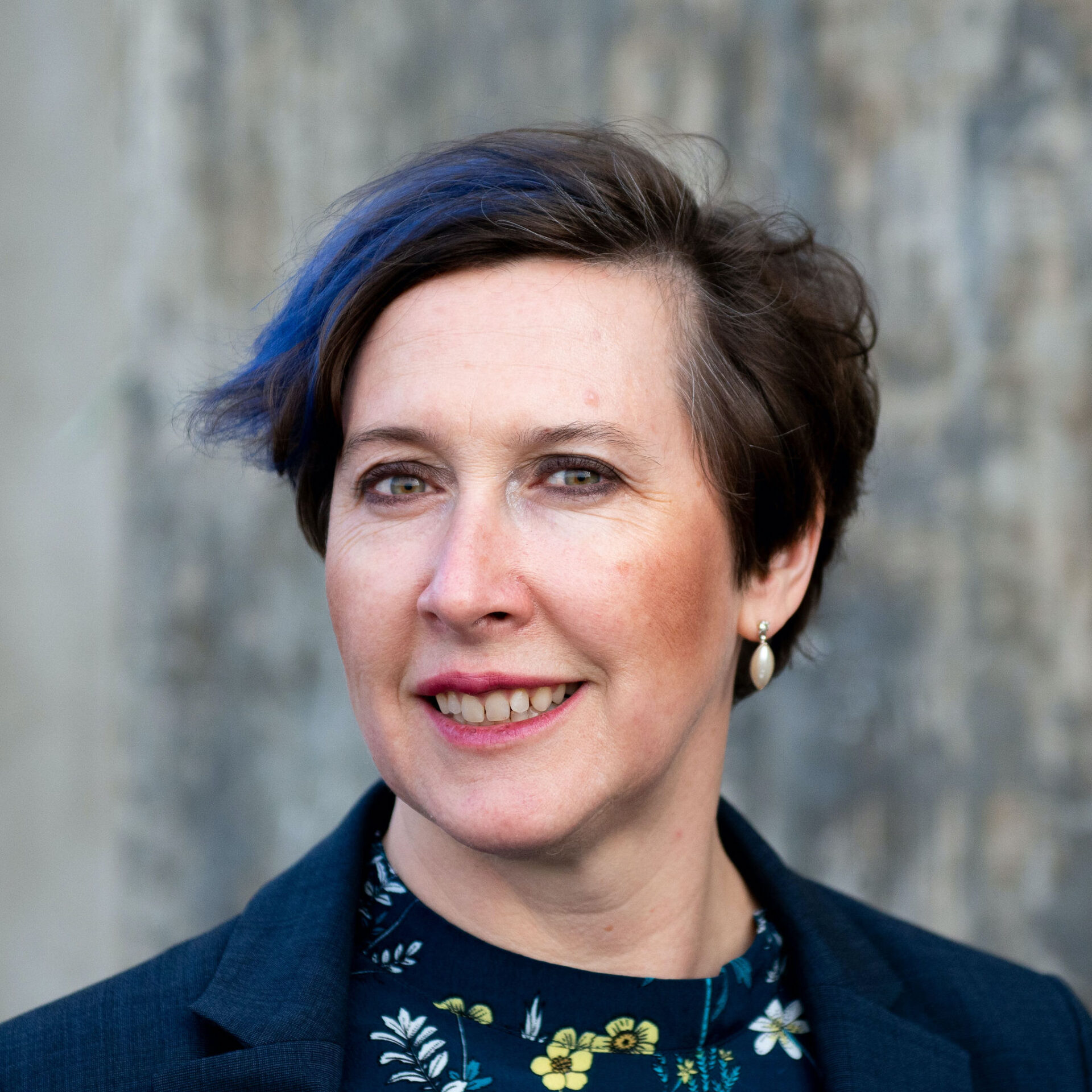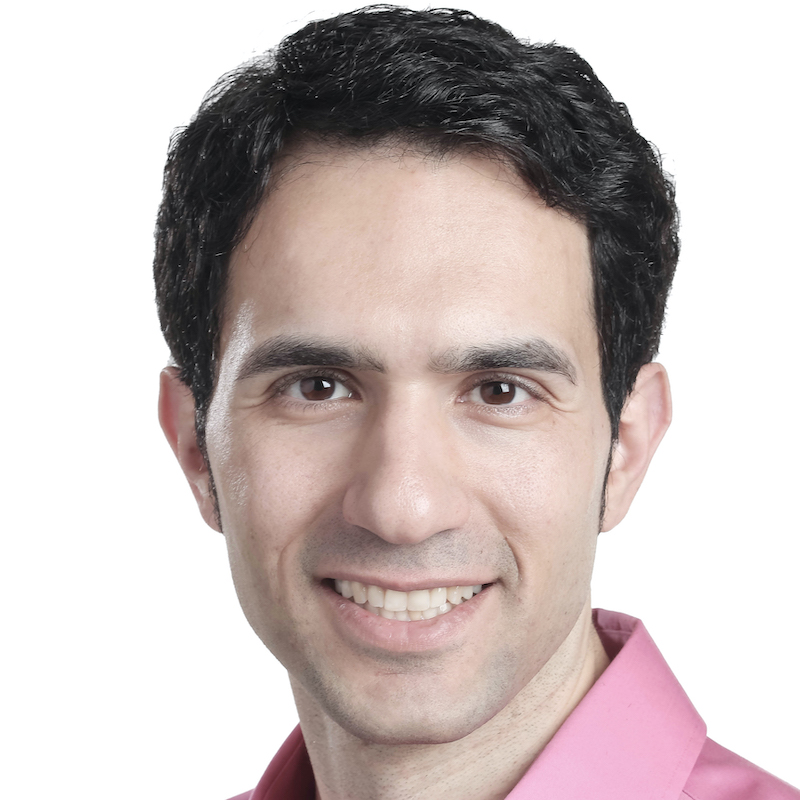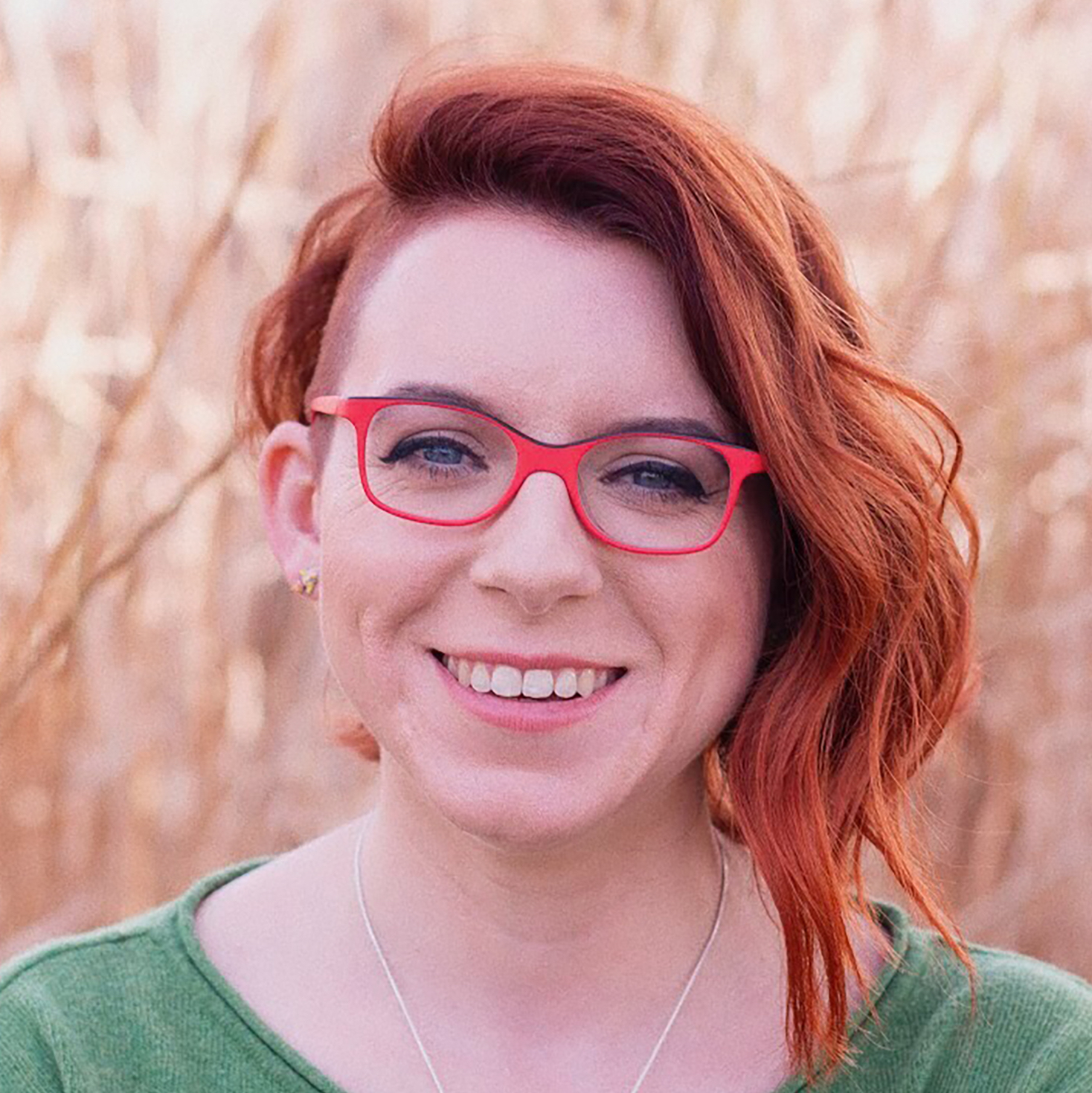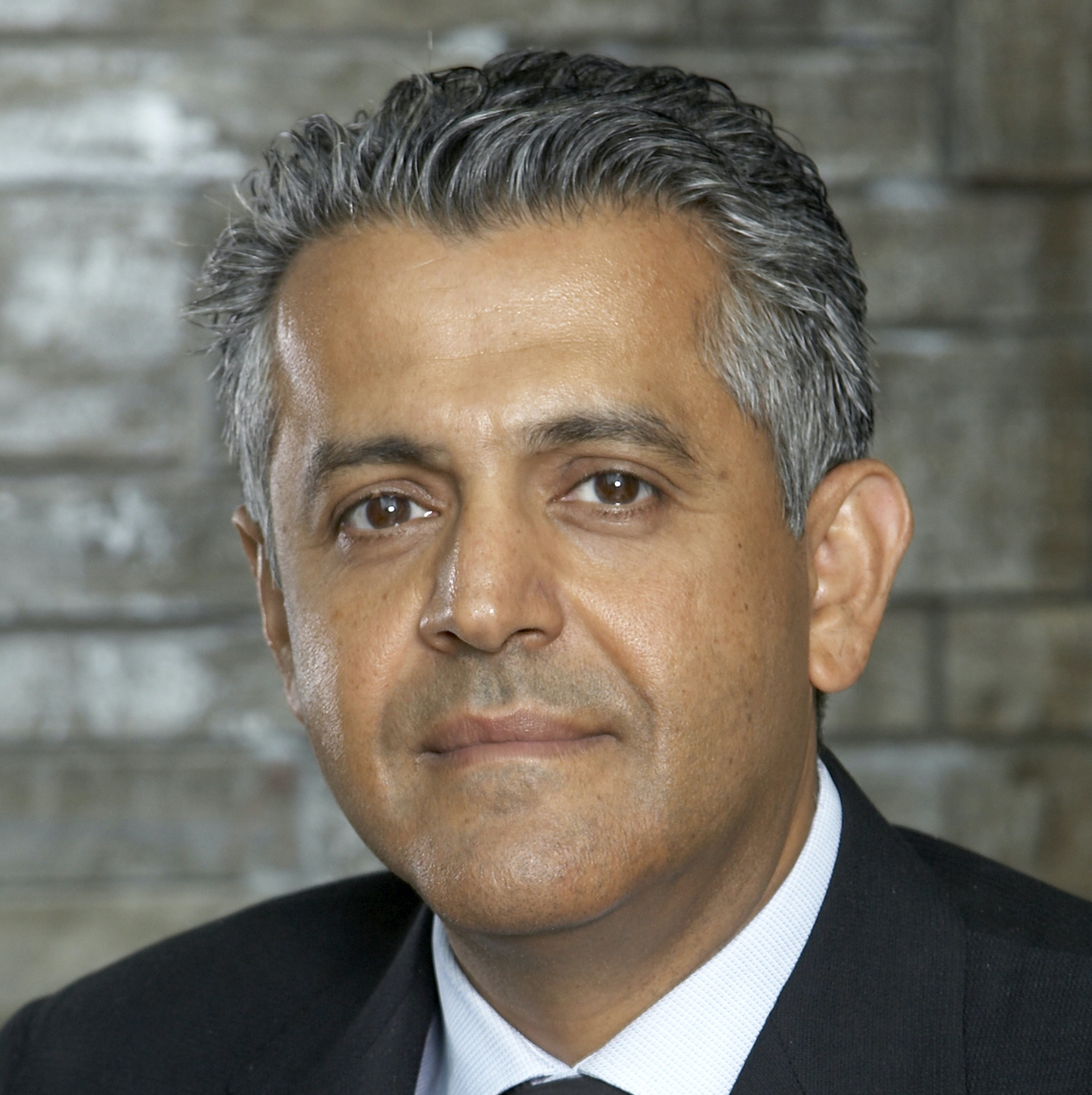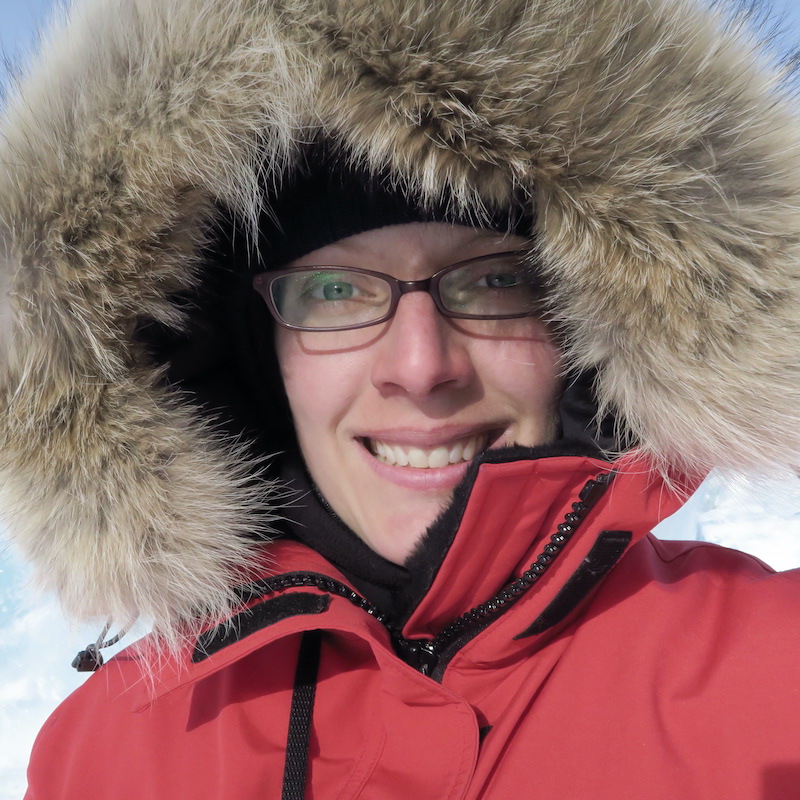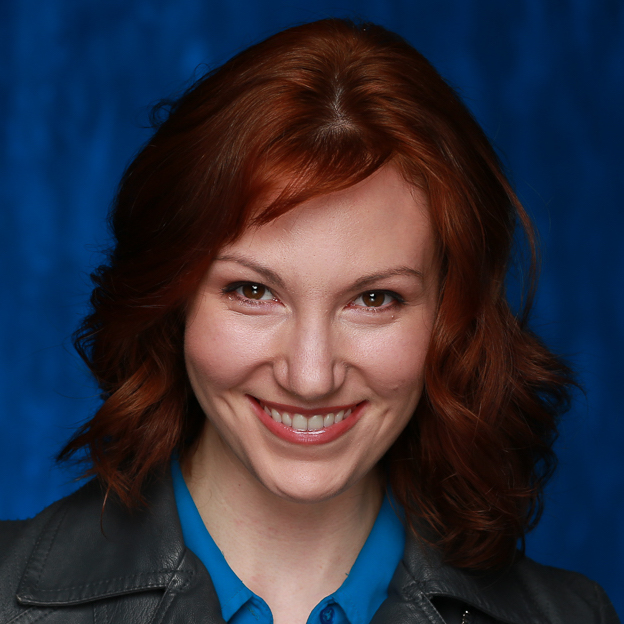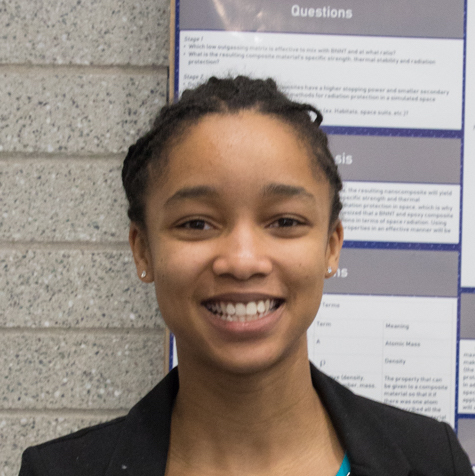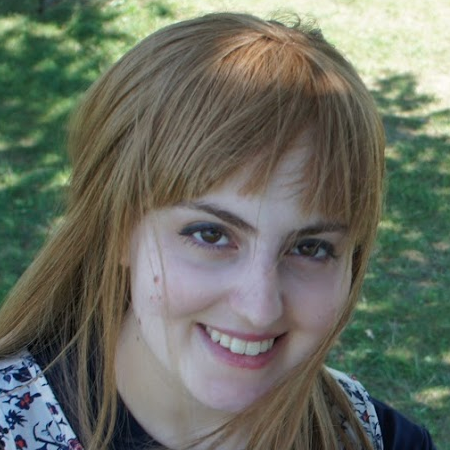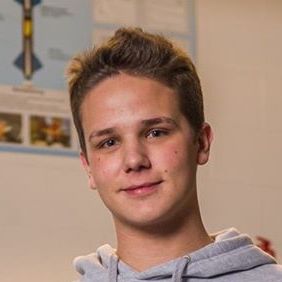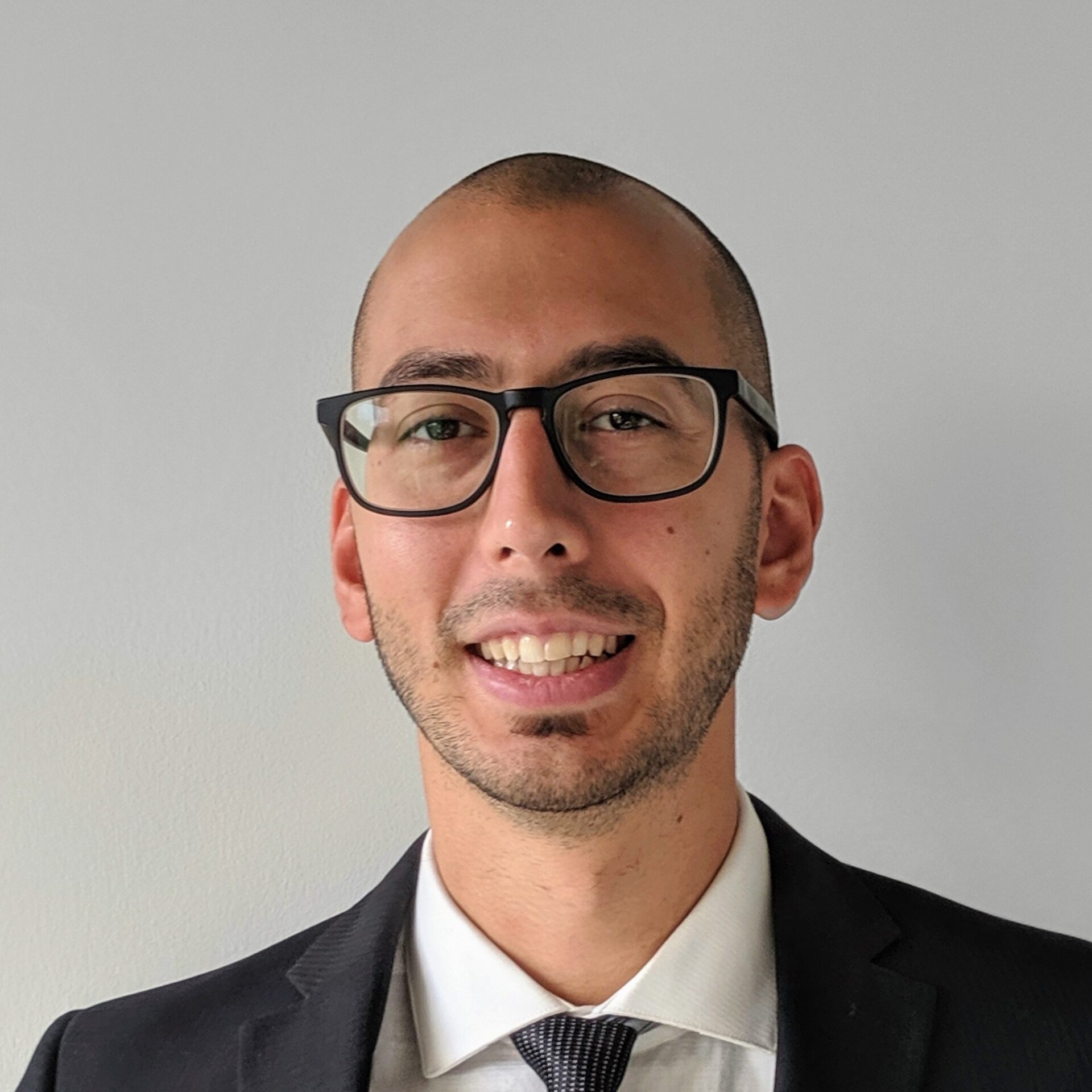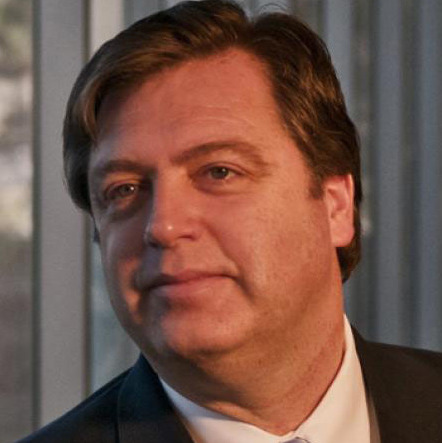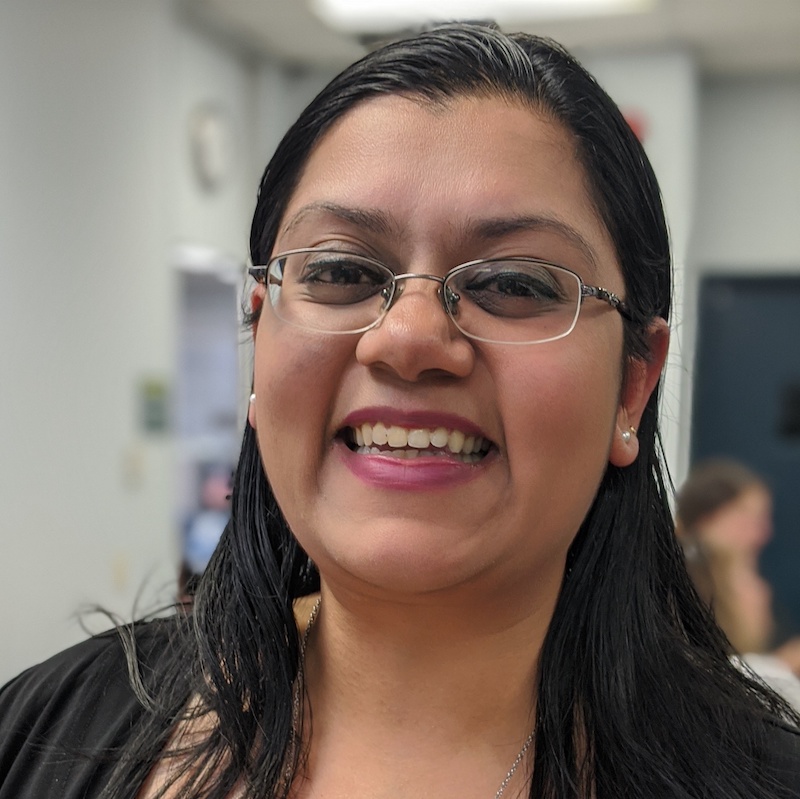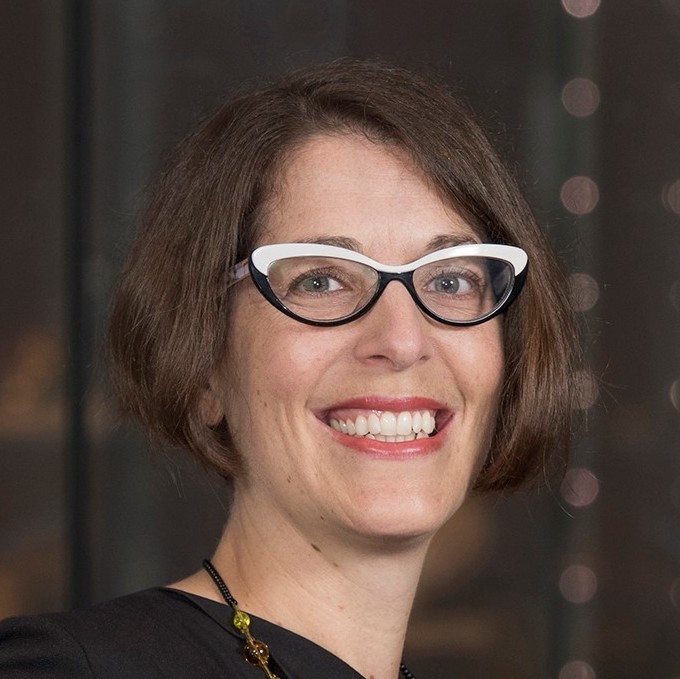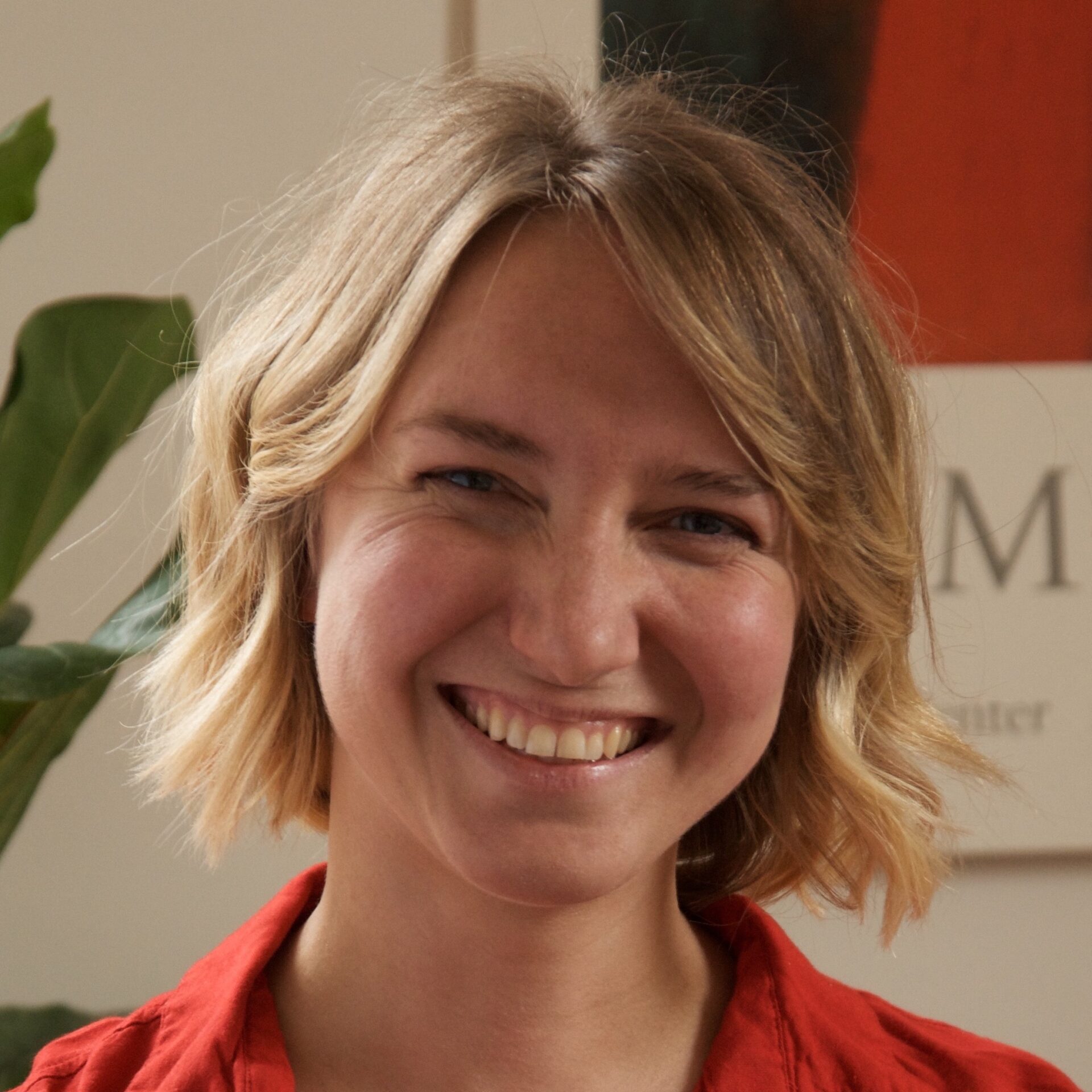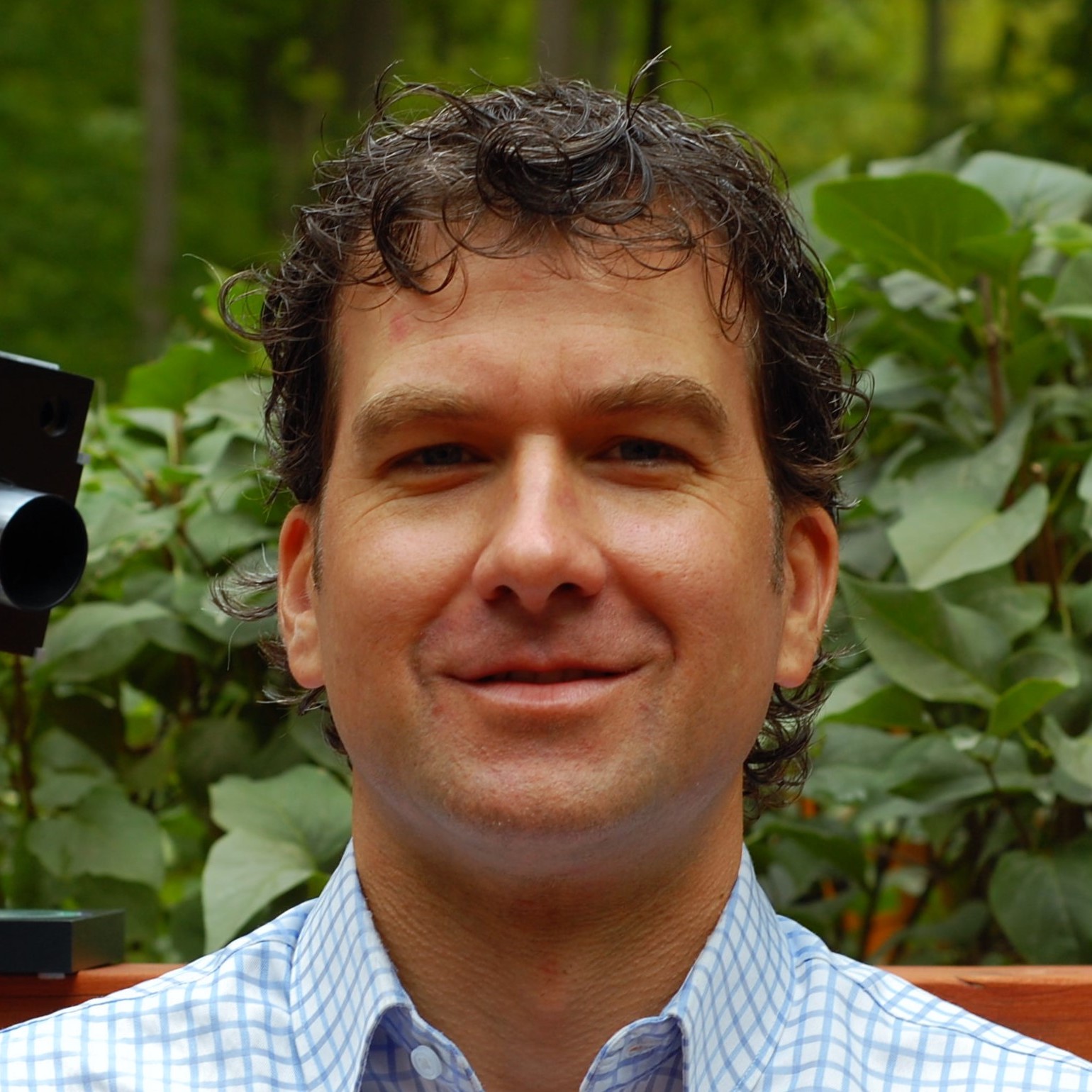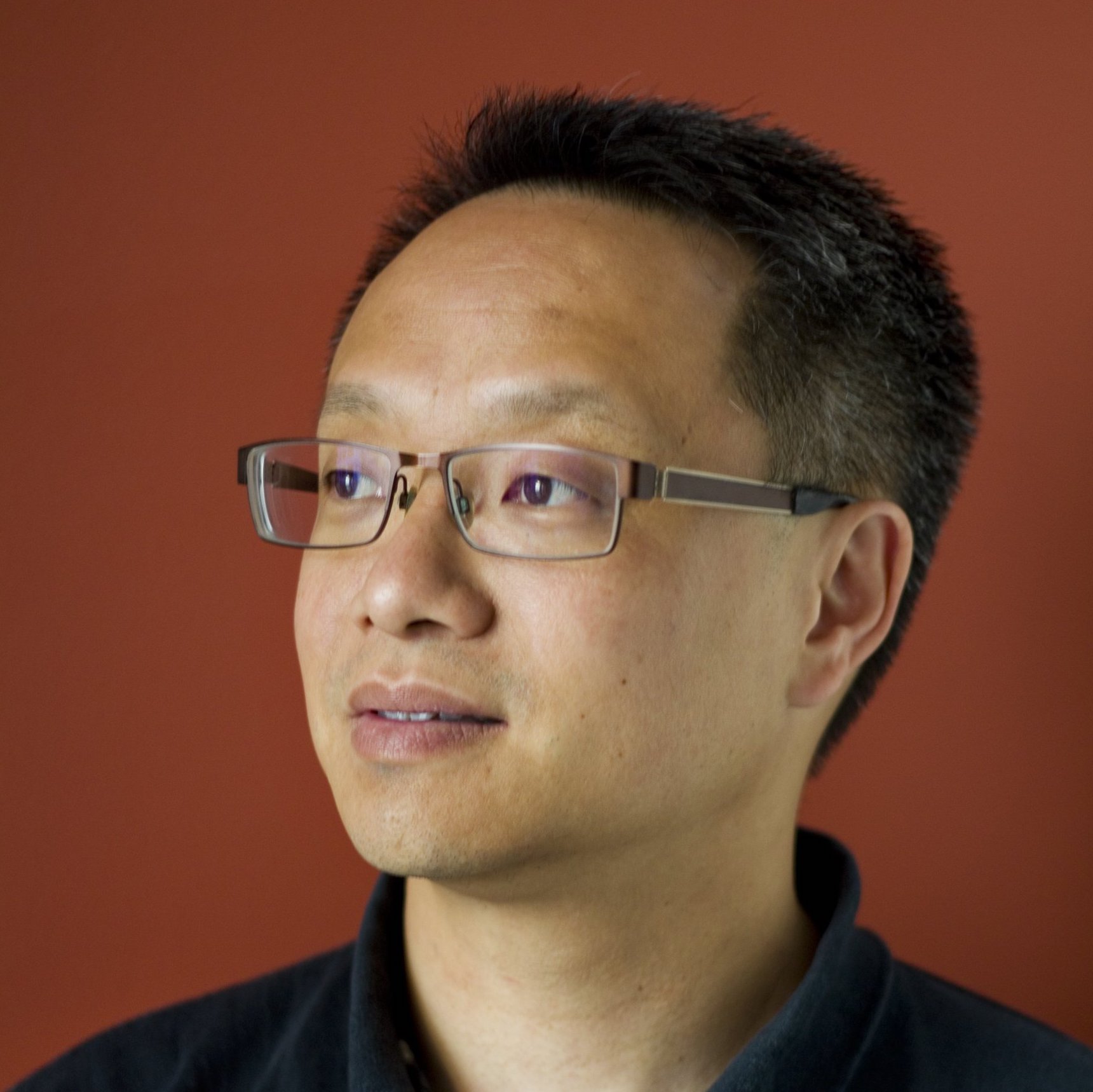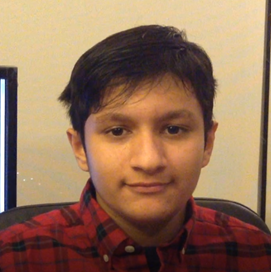Students for the Exploration and Development of Space (SEDS-Canada) has selected the four finalist teams among a pool of applications for the 2019 Canadian Reduced Gravity Experiment Design Challenge (CAN-RGX). The competition challenged post-secondary students attending Canadian universities and colleges to submit a proposal for a small scientific payload to be tested onboard the National Research Council of Canada’s (NRC) Falcon 20 research aircraft, capable of simulating reduced gravity environments, similar to those found in the International Space Station.
Two students per finalist team will get to fly onboard the aircraft as Mission Specialists to operate their experiments. Each flight will consist of at least 12 parabolic maneuvers to allow students to run their experiments and collect all the necessary data for subsequent analysis on the ground. The Falcon 20 is one of the world’s best microgravity planes; it provides the closest environment to that of real zero gravity. Each parabola will provide up to 20 seconds of near zero-G. With support from NRC and the Canadian Space Agency (CSA), and it’s partner the Canada’s Aviation and Space Museum, CAN-RGX is the only competition of its kind in Canada.
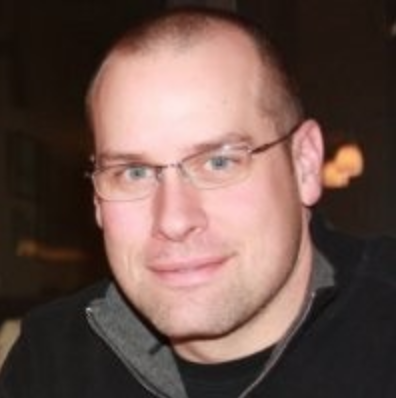
The finalists include:
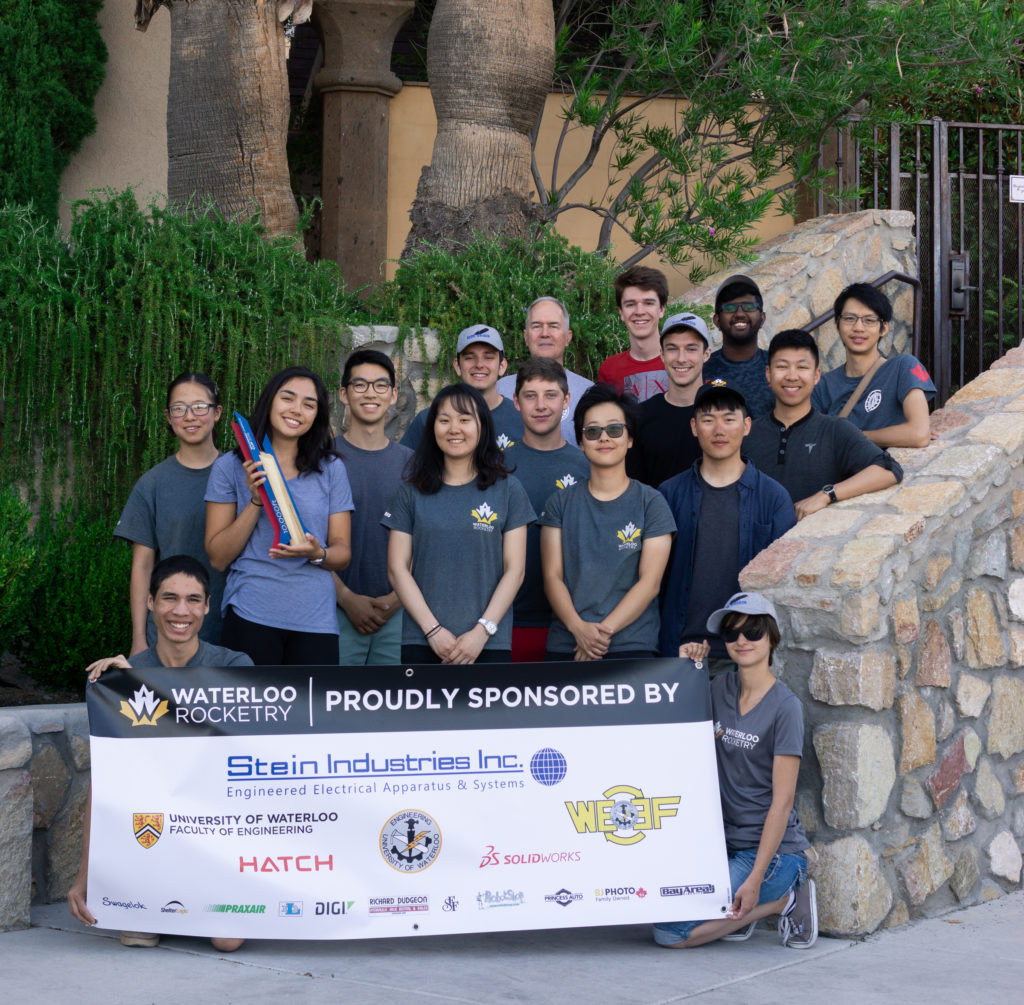
Waterloo Rocketry, University of Waterloo
Their project MAPLE (Magnetic Pump Loop Experiment) will investigate the effects of microgravity on the pumping of paramagnetic fluid to help achieve higher mass flow rates for various fluid systems.
Team members include:
Adam Paul, Riley Holierhoek, Hussein Saafan, and Justin Robinson
Team MERGE, McMaster University
Team MERGE (McMaster Experimental Reduced Gravity Team) will be studying the effects of sloshing during satellite refueling and developing a slat-screen system to dampen and evenly disperse incoming fluid to minimize dynamic forces that could create instabilities in the satellite.
Team members include:
Jarod Coppens, Gregory Lech, Elizabeth Sharpley, Michael Stramenga, Adam Tweedle, and Gabriella Wynn
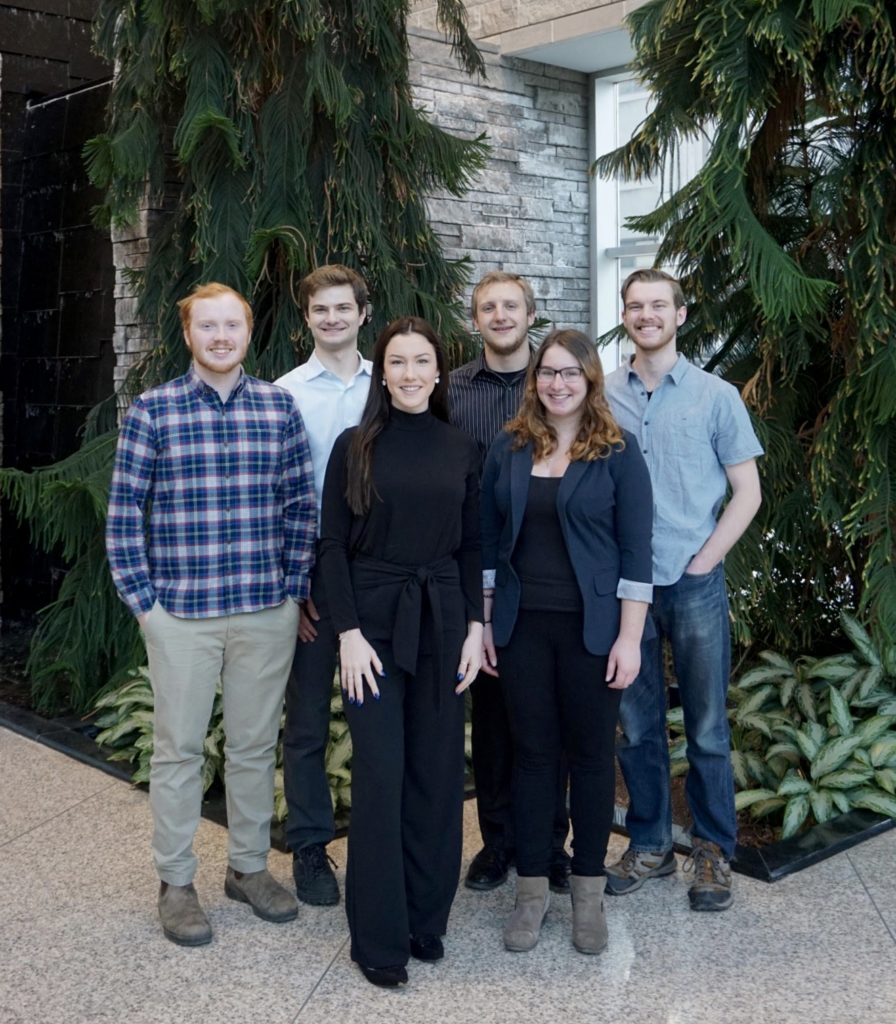
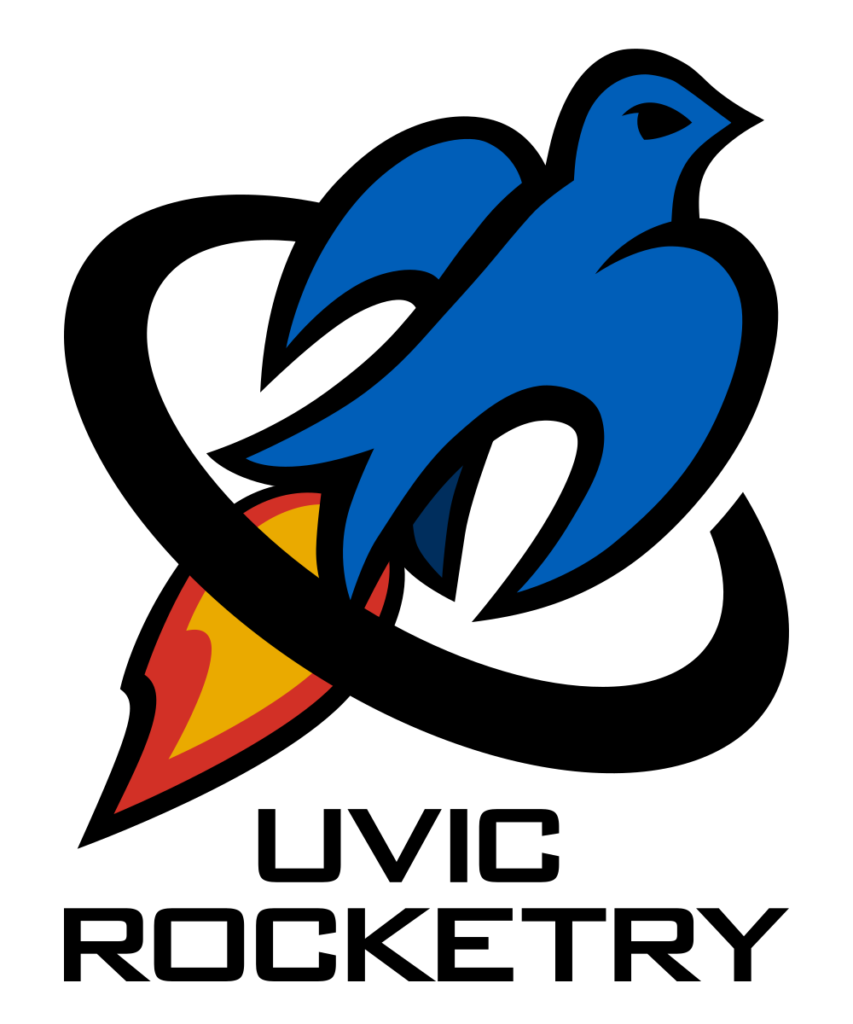
UVic Rocketry, University of Victoria
They will sequence RNA of eukaryotic model organisms in a microgravity environment to better understand its response at the molecular level for applications in preventative measures for the health of human space travellers.
Team members include:
Sean Farley, Sachi Premathilaka, Eric Fraser, Shannon Dawson, Annaliese Meyer, Malaki Vandas, Natasha Stefani, Tessa Charlton, Leo Vandas, Meet Dobariya, Sarah Ebert, Sean Waugh, Avery Hiebert, Cheyenne Heenan, River Leuba, Graham Killinger, and Aaron Brandt
Queen's DMT, Queen's University
Queen’s Droplet Morphing Team (DMT) will be studying the behaviour of a droplet of a conducting fluid under nonuniform electric fields in microgravity for applications in micropropulsion systems for satellites and small spacecraft.
Team members include:
Fernando Camacho Cadena, Patrick Chin, Jack Guebert, Chelsea Wallace, and Peter Wright.
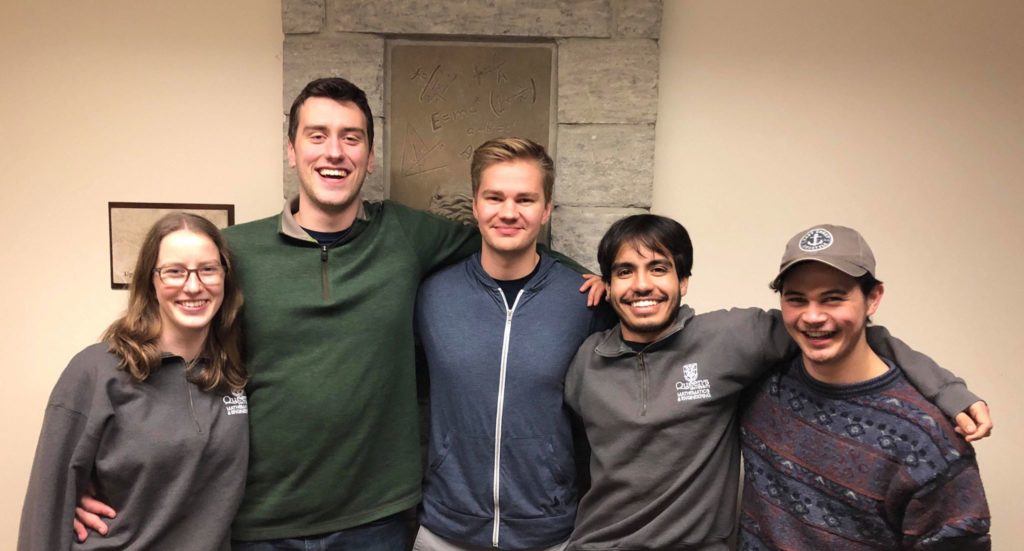
The four teams must now complete the next phase of their project, the Preliminary Design Review, due February 1st, which they will present to a panel of judges including experts in microgravity flight sciences from CAN-RGX’s collaborating agencies, including the CSA and NRC. After finalizing their designs, the teams will have six weeks to build their experiments in order to submit the next milestone, the Critical Design Review. The experiments will then be integrated into NRC’s Falcon 20 aircraft in preparation for the Flight Campaign scheduled for July 2019.
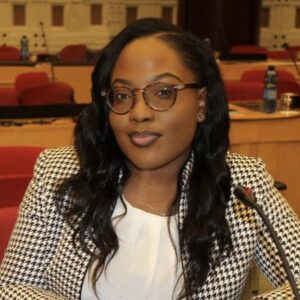

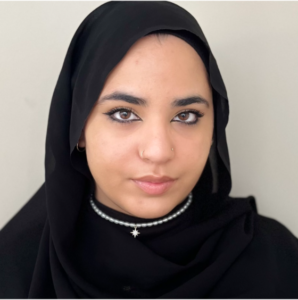
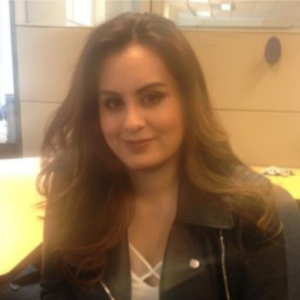
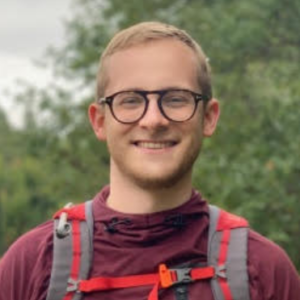
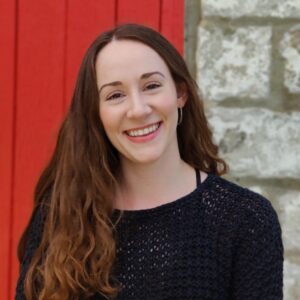
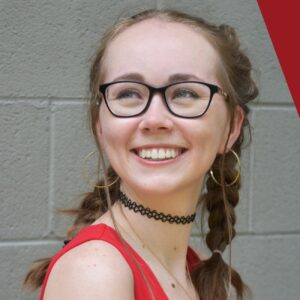
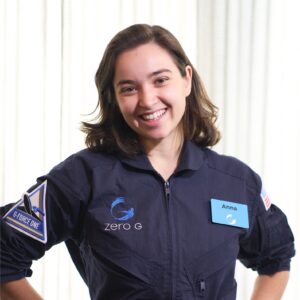
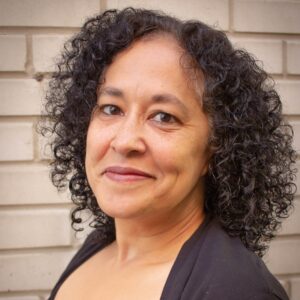

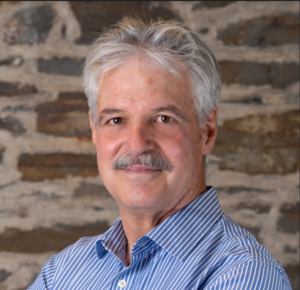

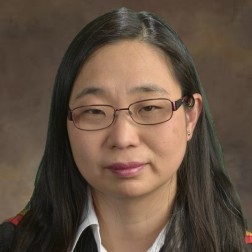
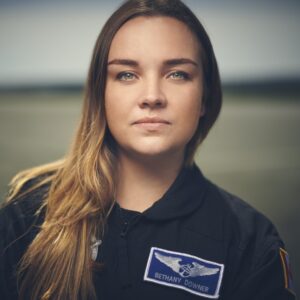


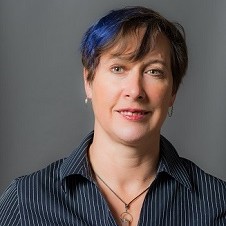










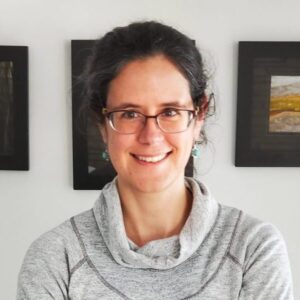

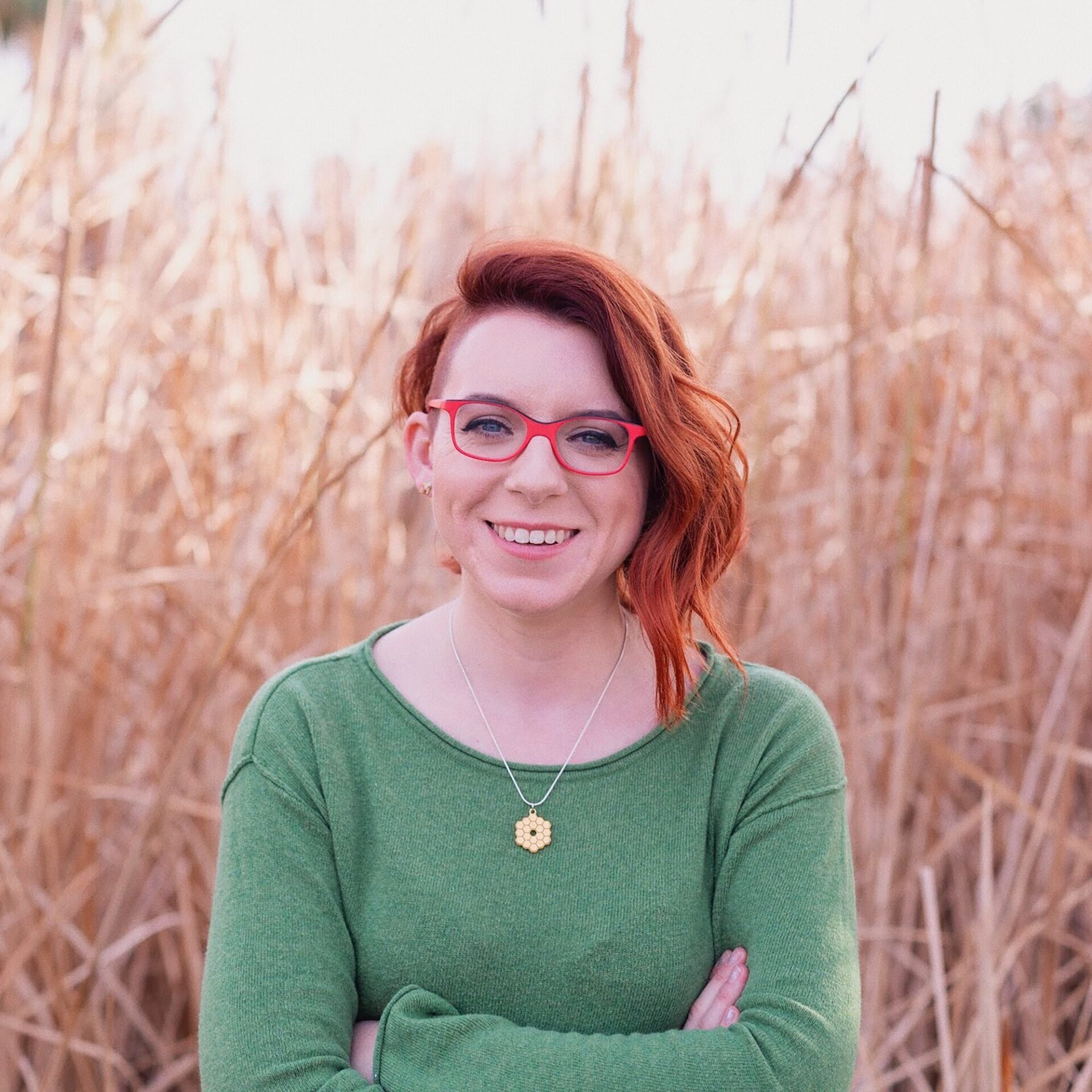
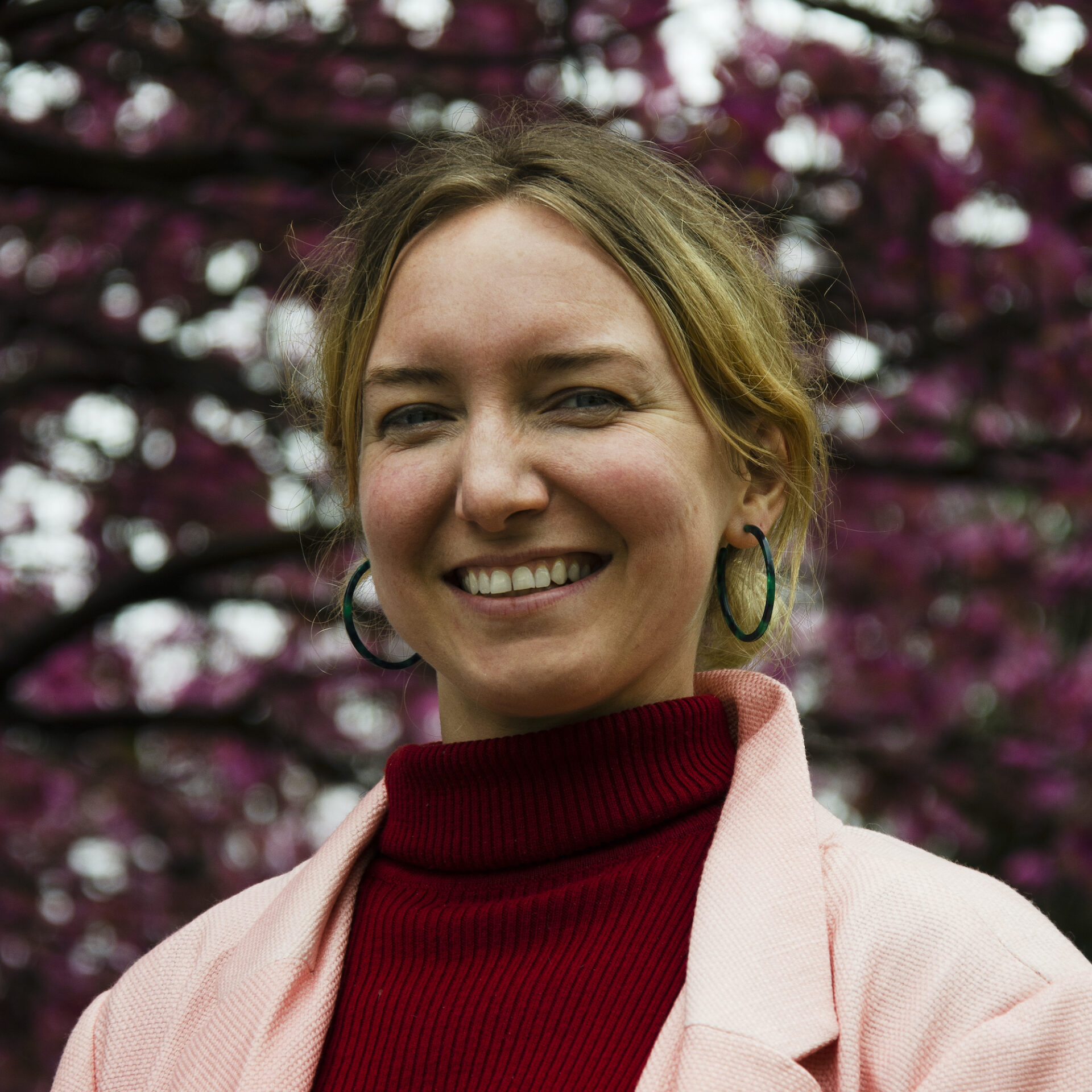

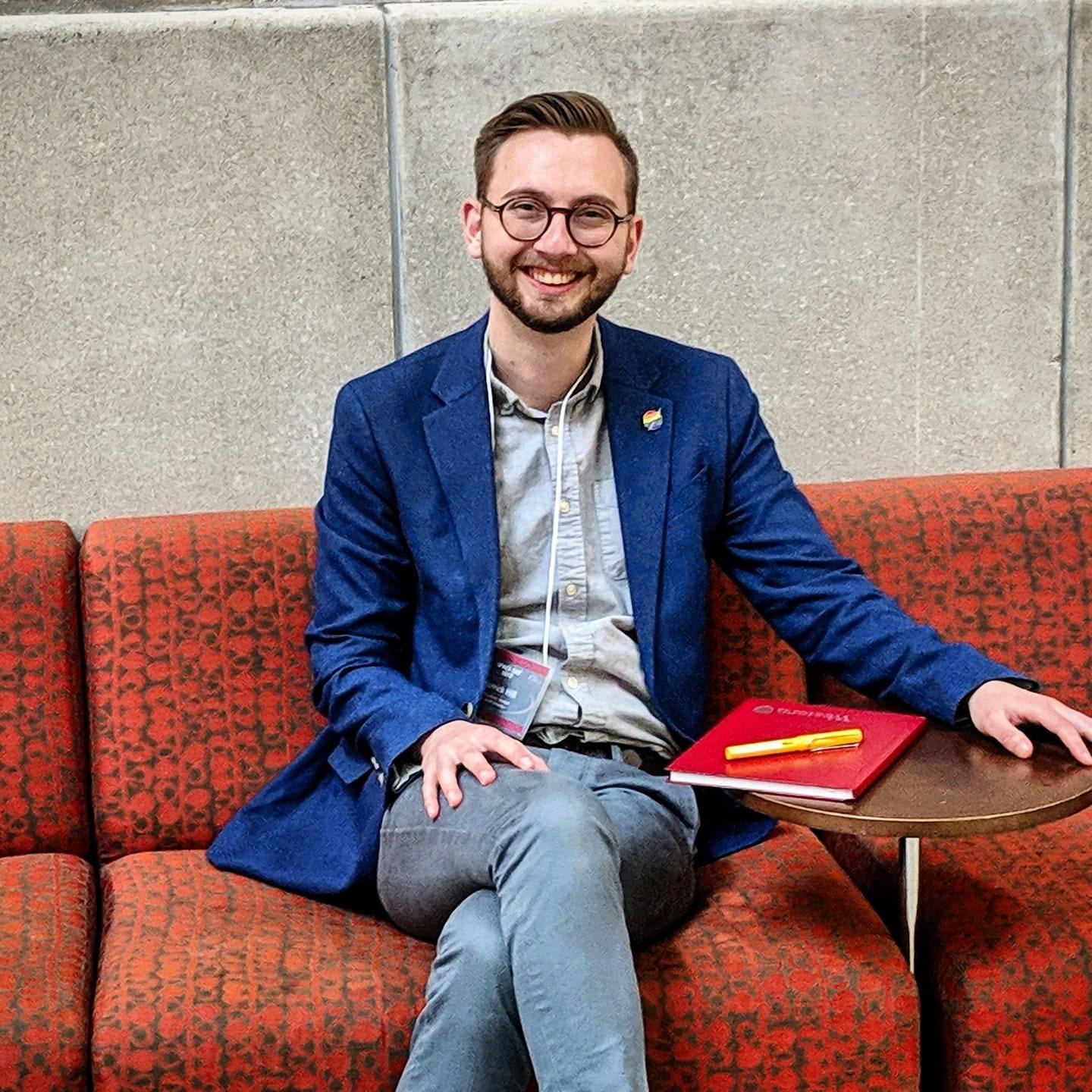
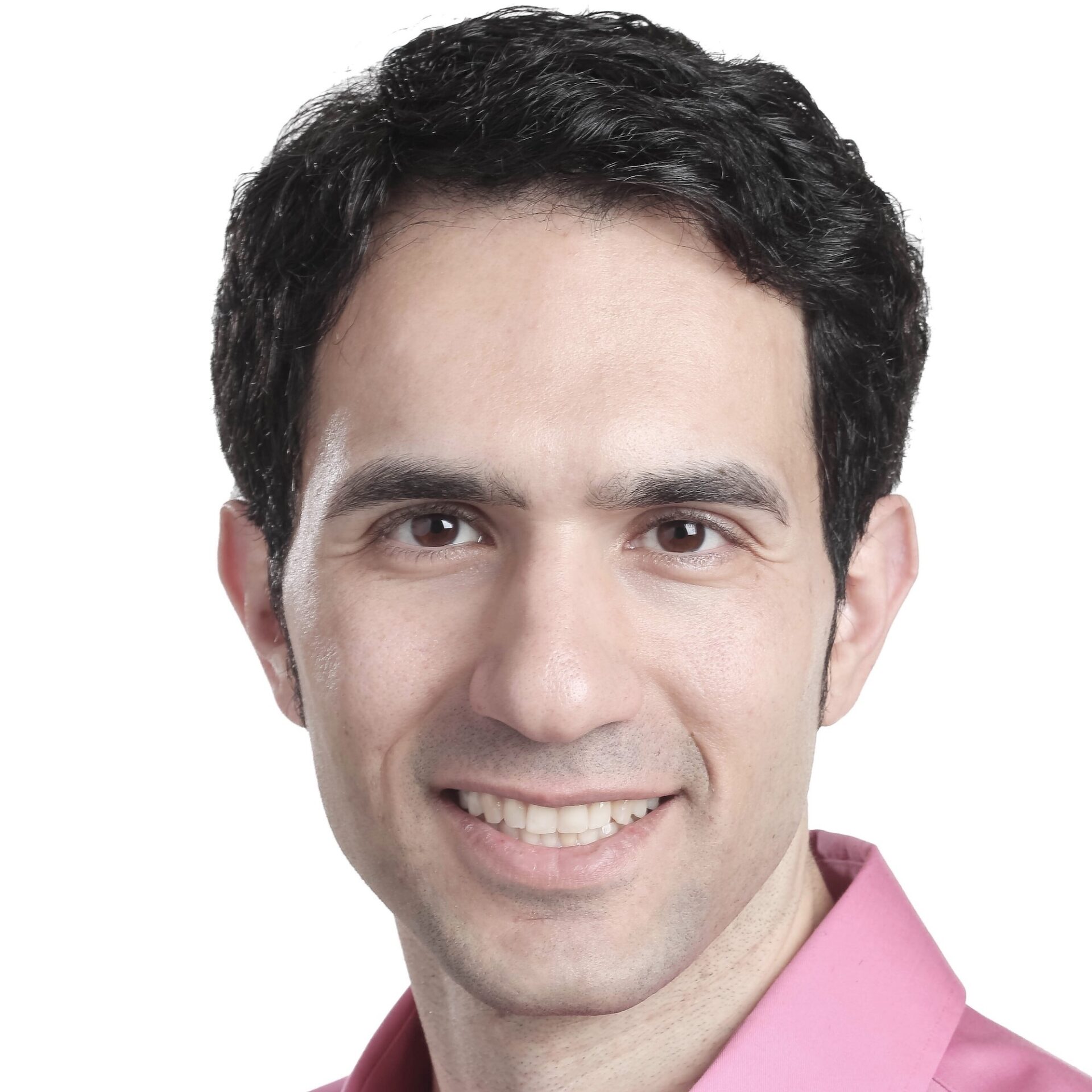

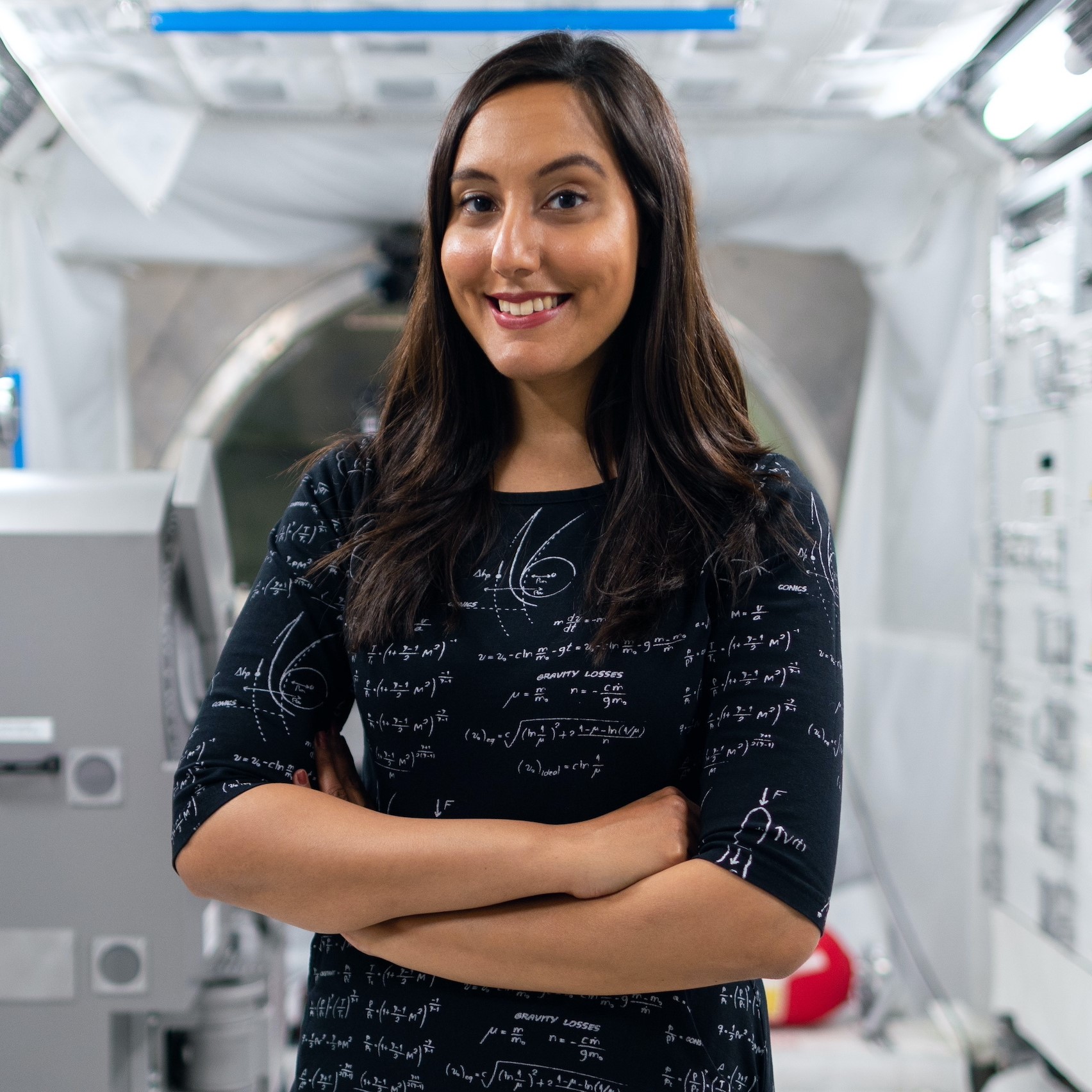
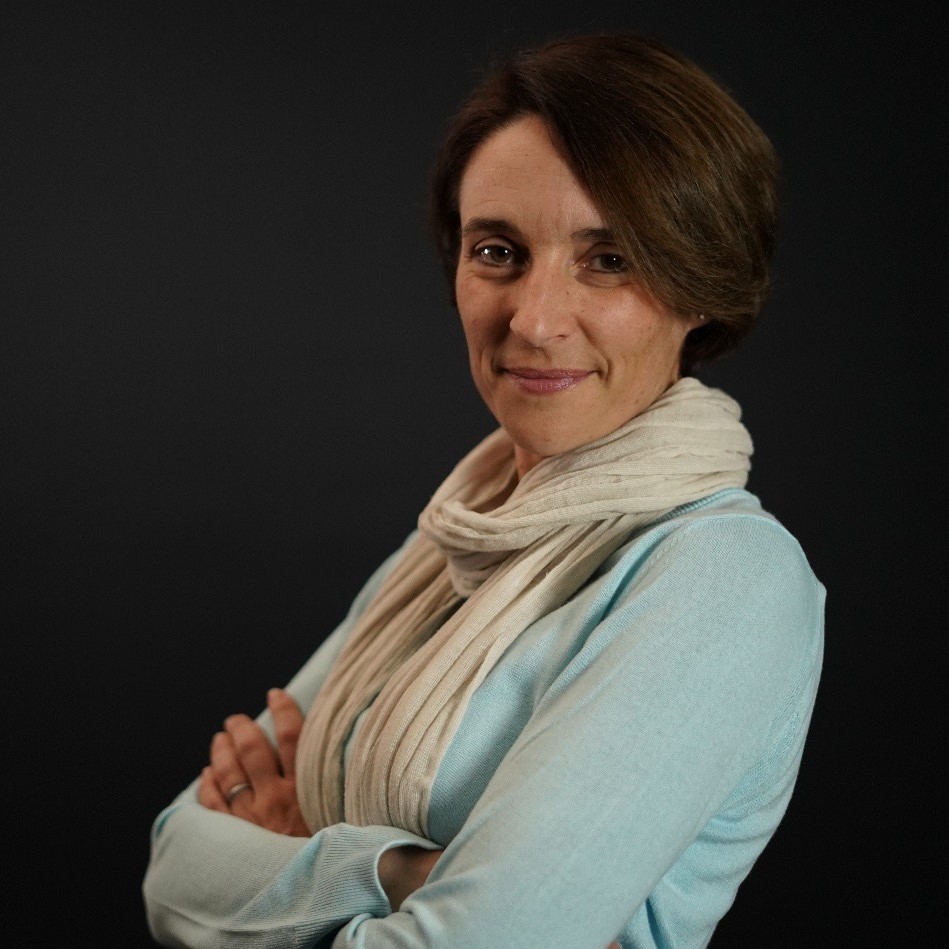

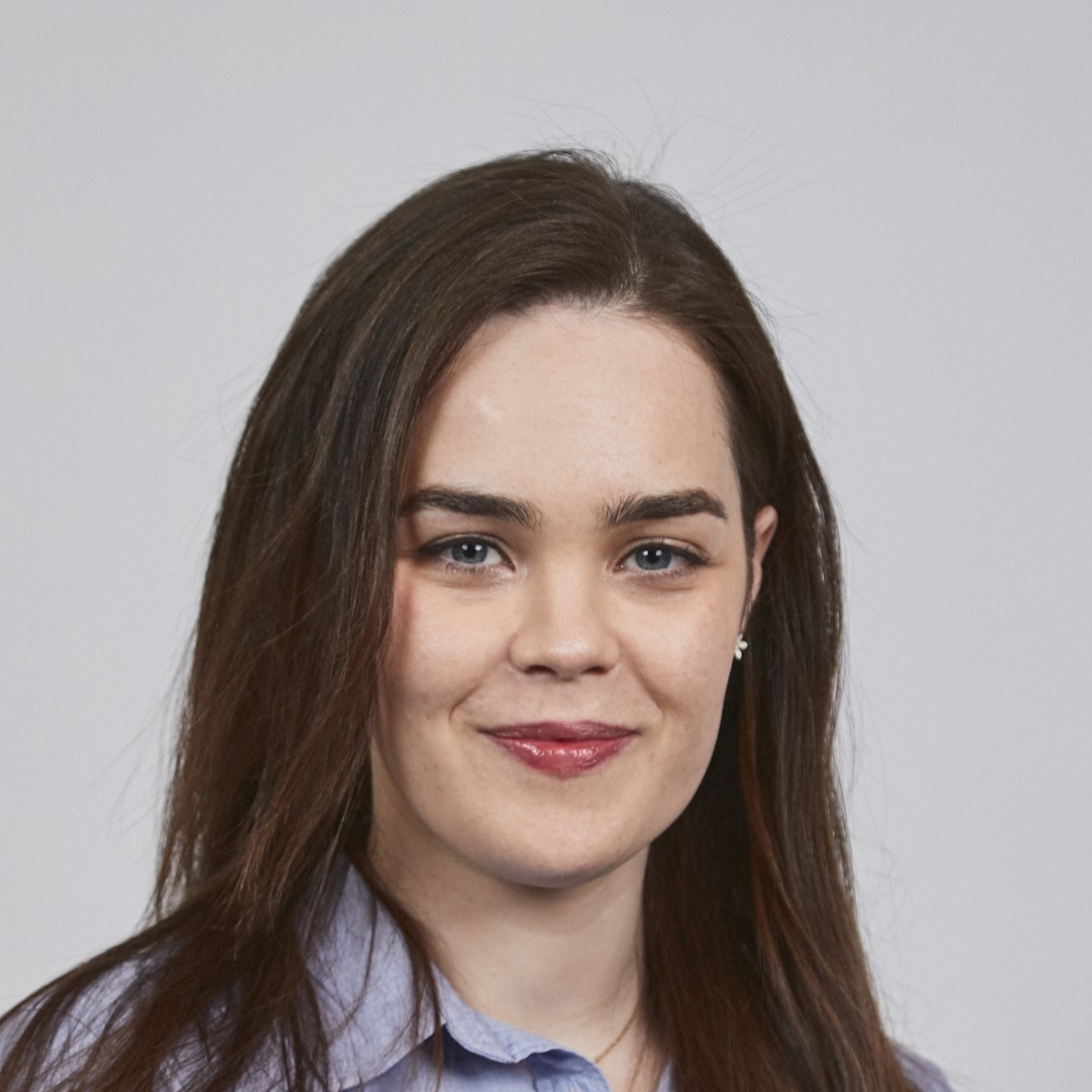


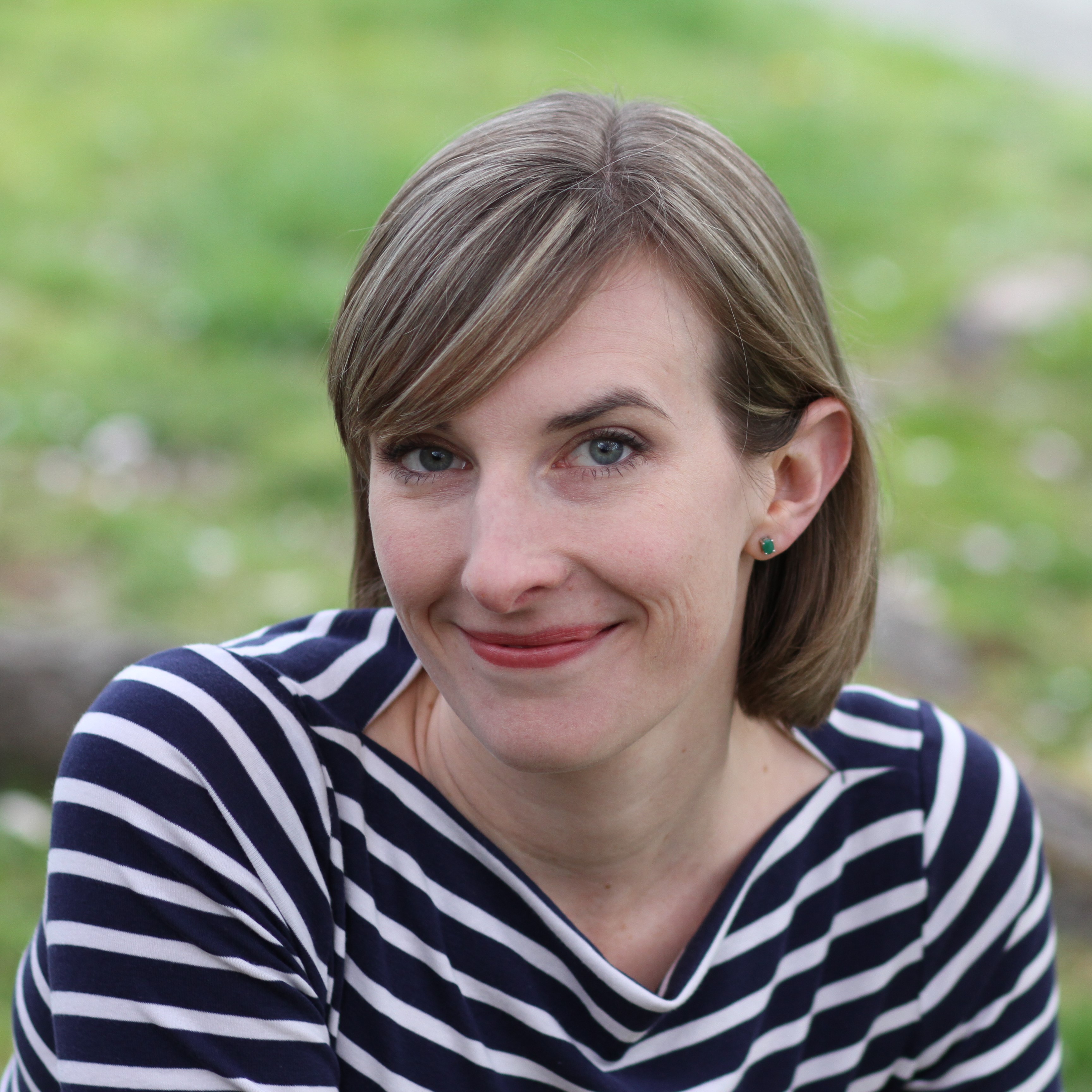
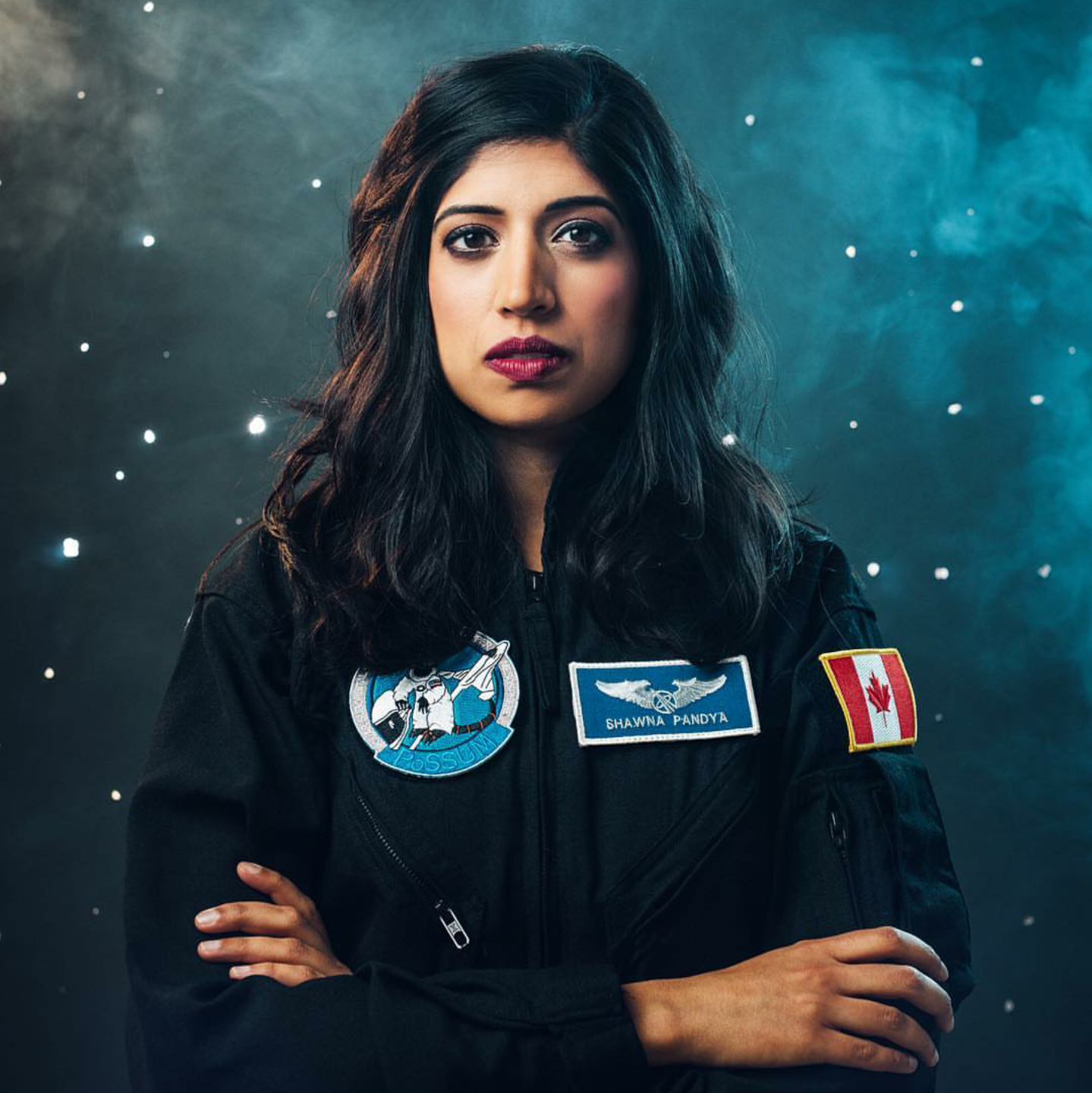

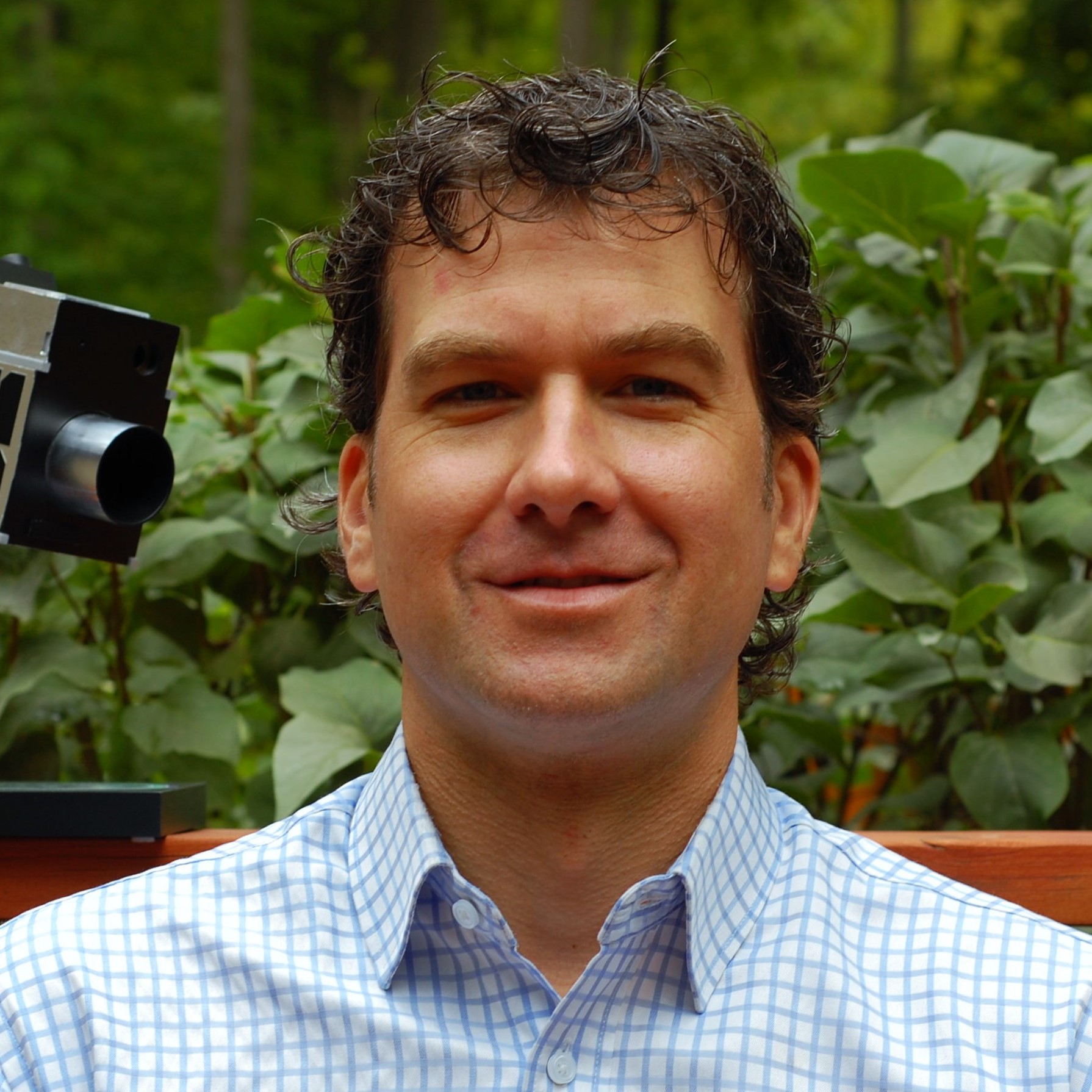
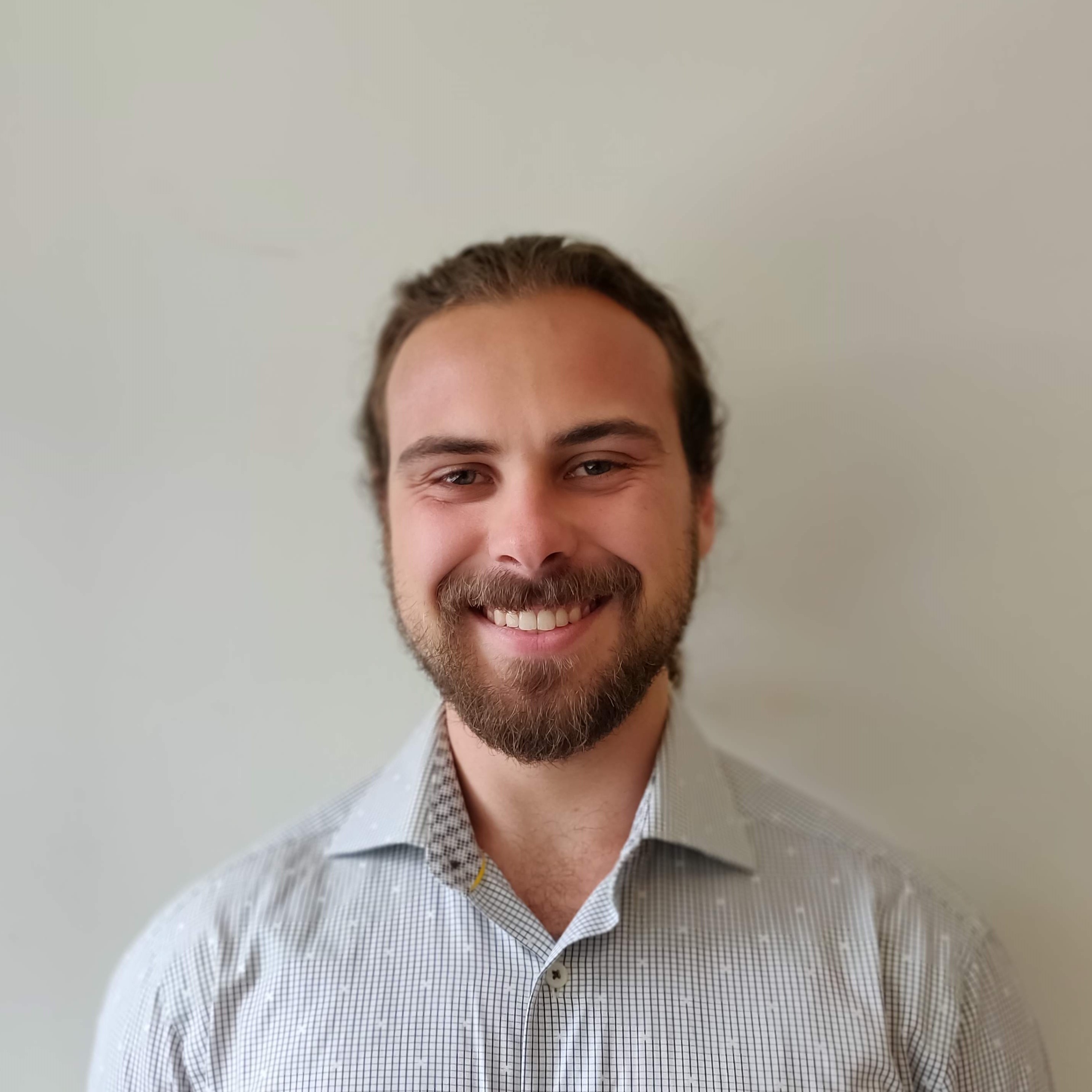
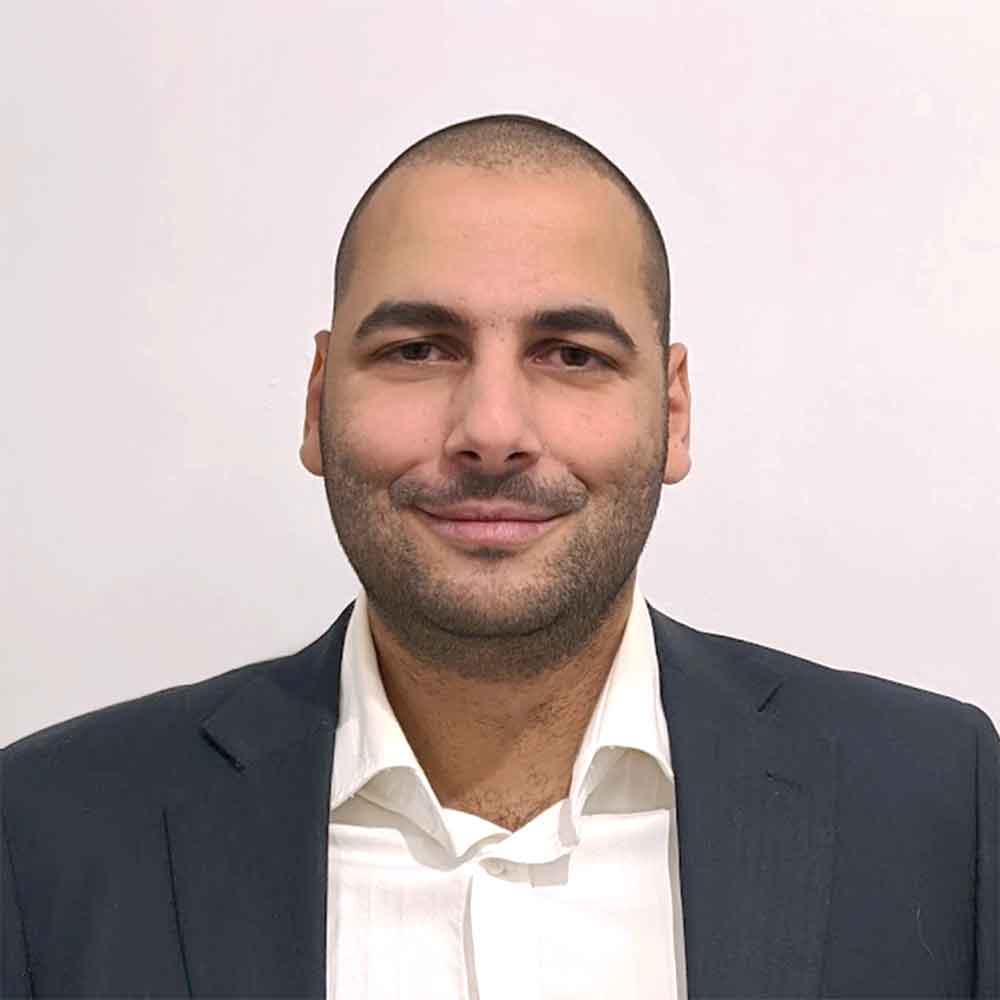

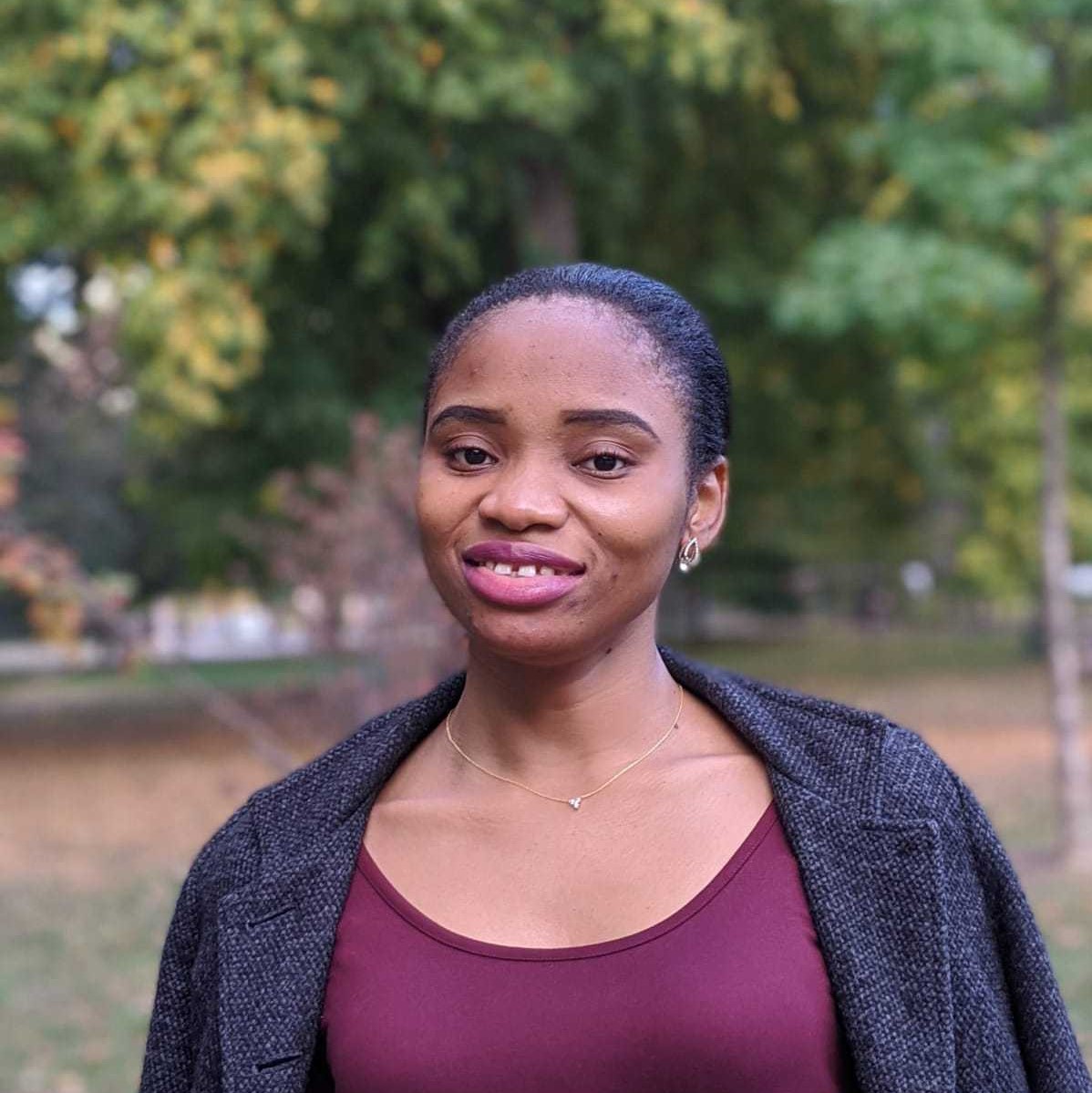


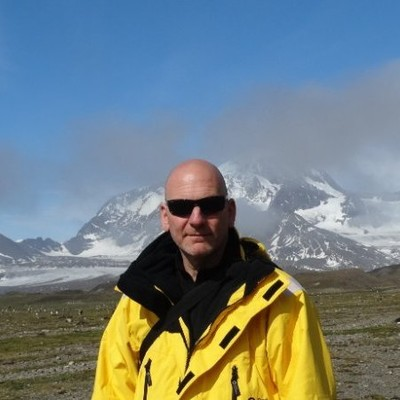
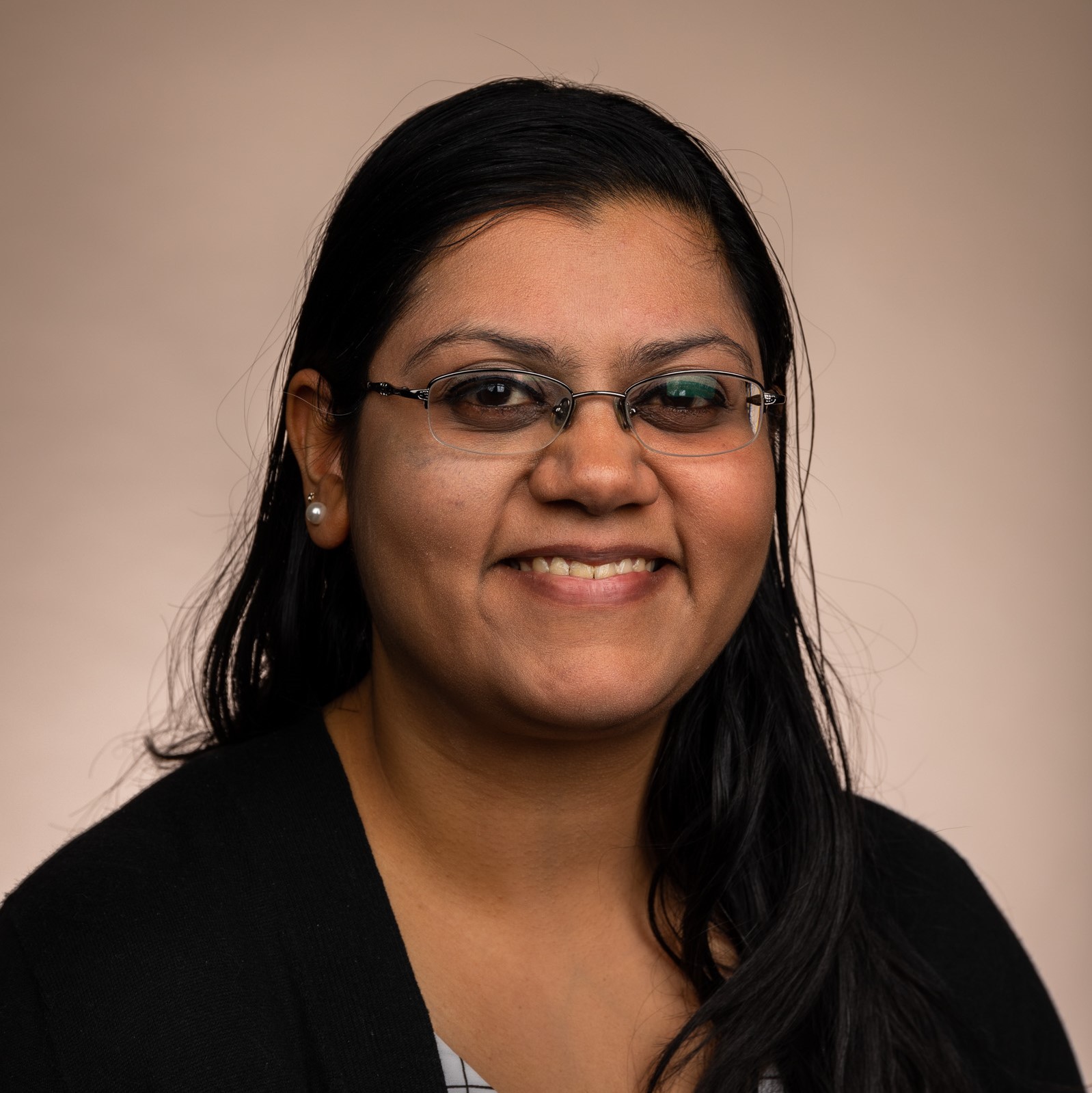



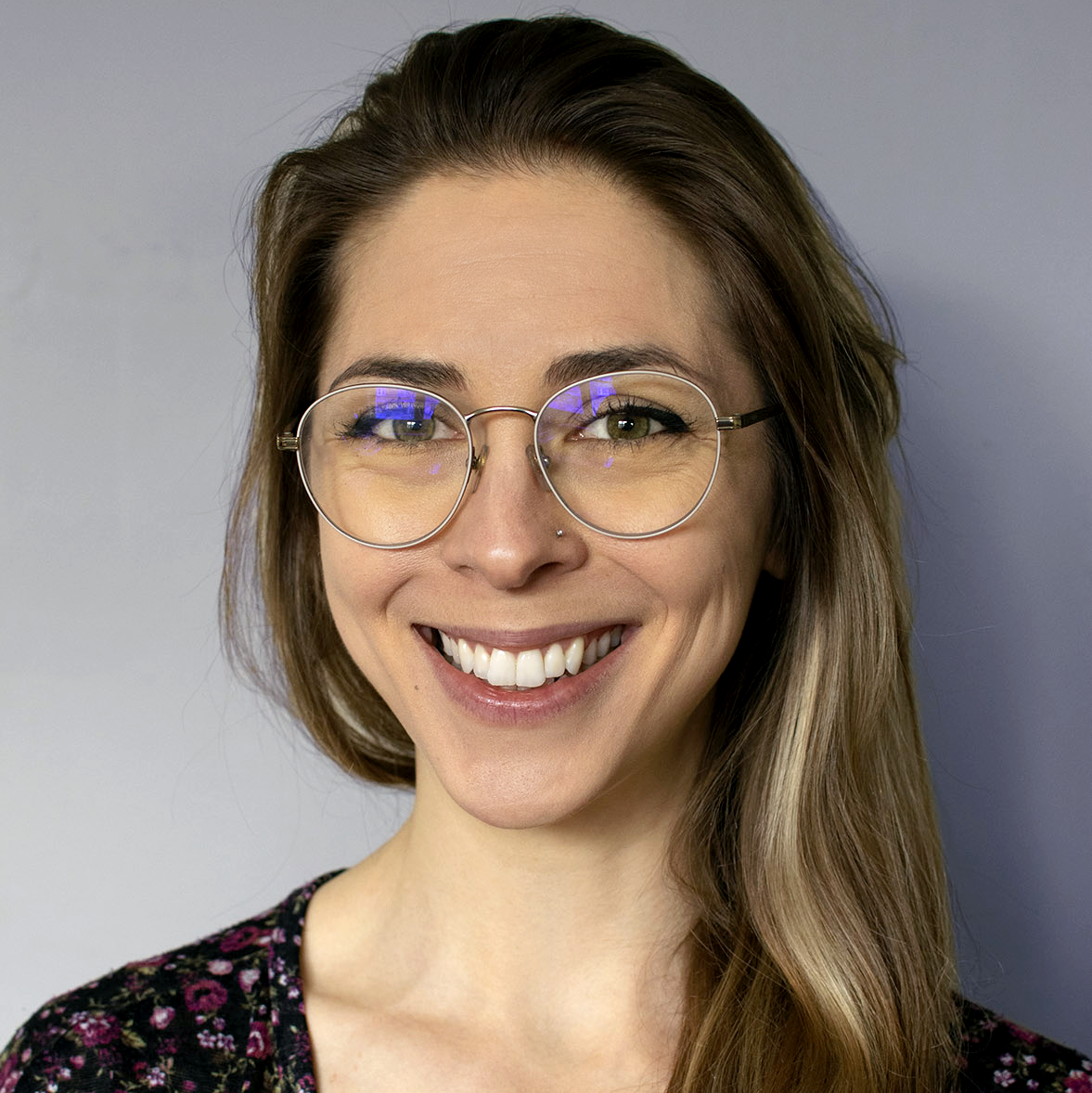


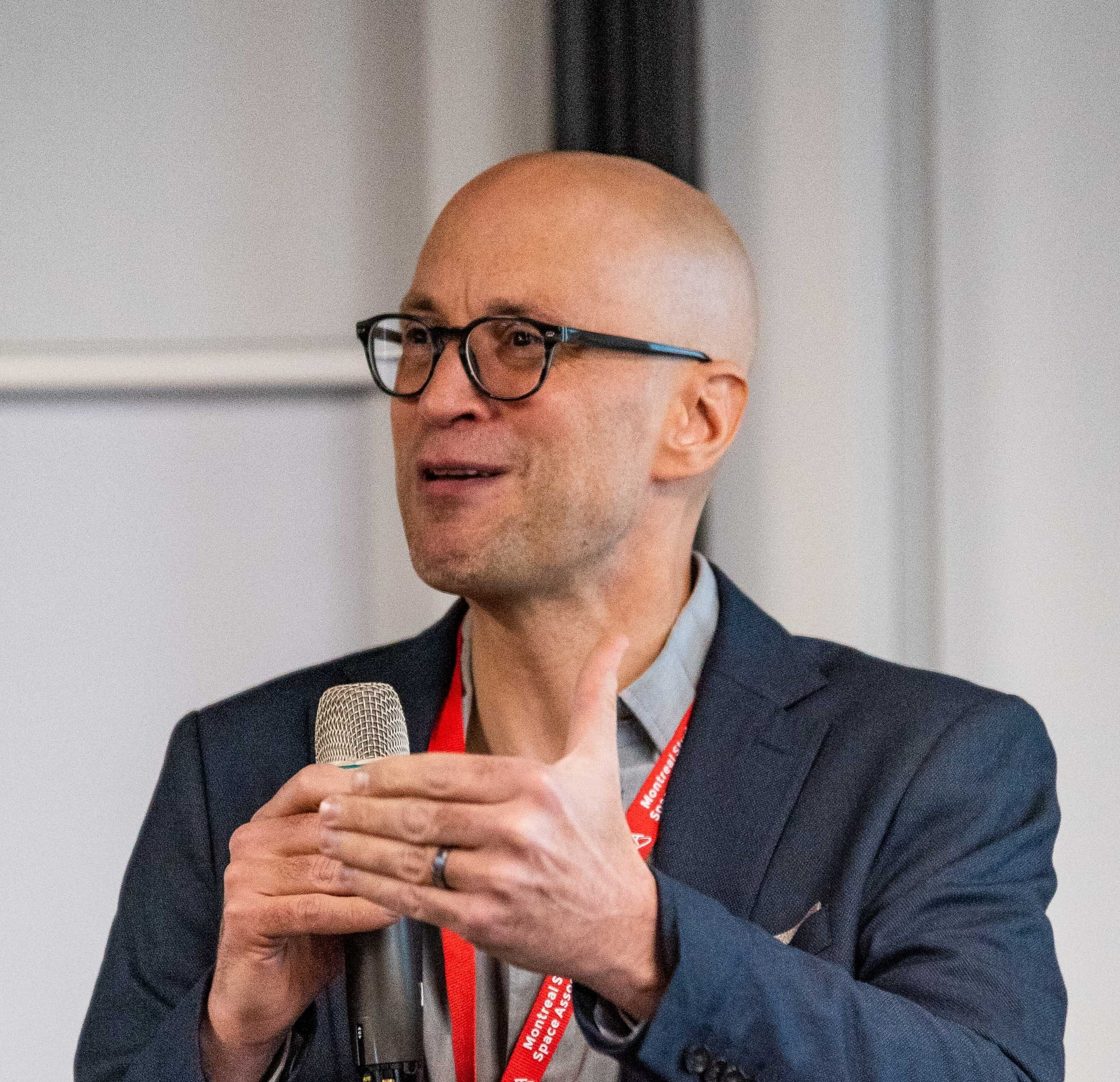 Associate Professor
Associate Professor